The Lantern of Life received a special achievement for feasibility and honorable mentions in the storytelling, placemaking, and guest narrative categories in this year's Themed Attraction student showcase!
Below one will find a summarized design process. A deeper dive into the process with more pictures can be found by clicking here!
Project Management
With 6 weeks left until the final deadline and 5 projects to complete at a high-quality level, project management, and organization come into play at the beginning of the design process. After reading through every design requirement, deadline, and schedule, I wrote all of these elements onto calendars.
Research
The Lantern of Life’s development began with exploring over 50+ purposes of how light could be used in the world around us. Through feedback from over 30+ peers and researching over 100+ facts and statistics about lighting, these purposes were narrowed down to using light to help tell a story. These ideas were mind-mapped.



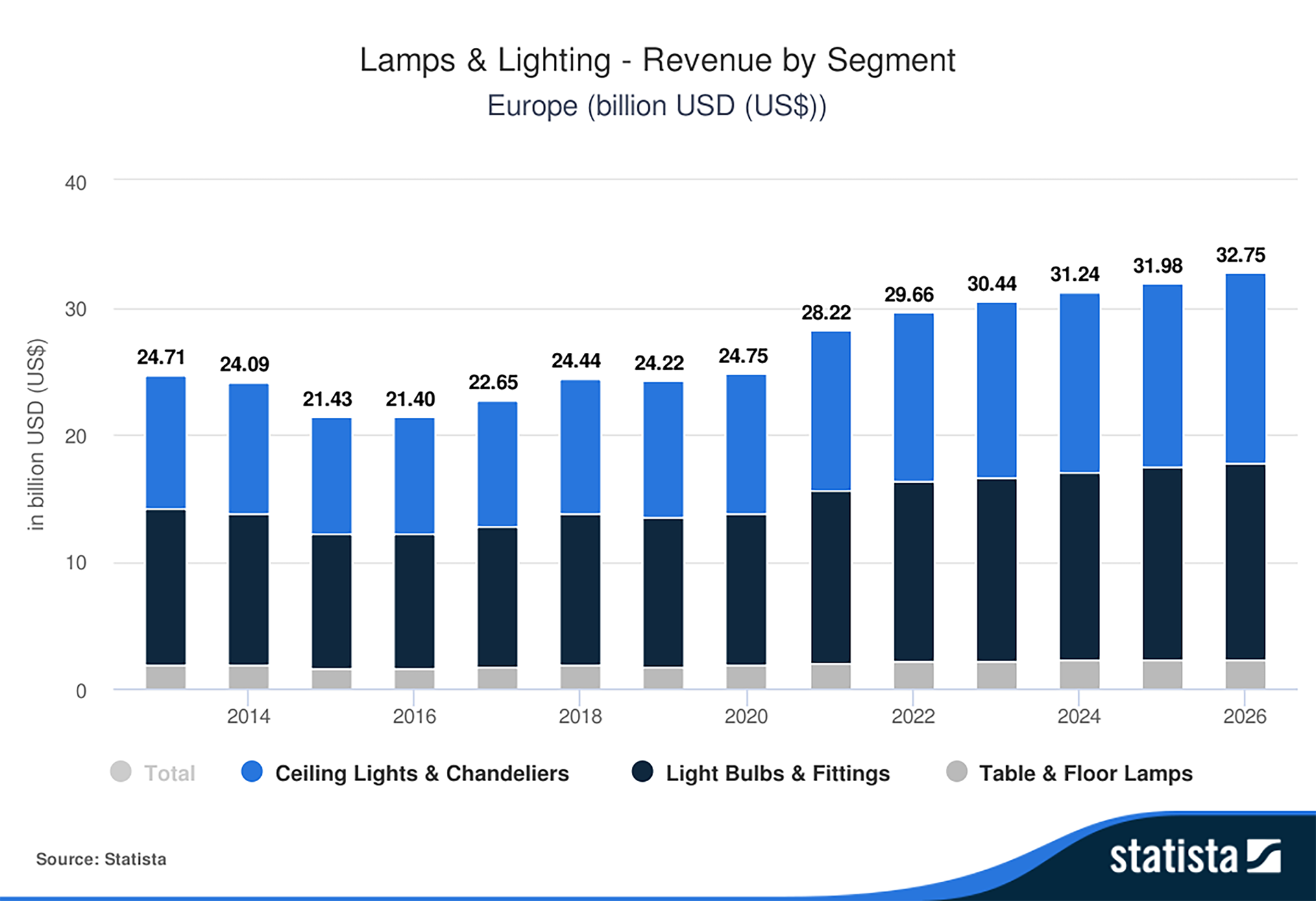

Story Development
Using this theme/lesson, multiple themes/environments including exploring death and graveyards, exploring nature and light around it, to even the time frame of the dinosaurs. After feedback, I decided that exploring a mystical nature area would be engaging and appealing for guests.
Story:
In the world of Gardine, some magical people travel throughout the world to complete the special tasks and go on adventures deep into The Great Forest. Great Forest is filled with creatures of all walks, shapes, and sizes, sizing their life and making the most out of them. Deep in the forest though, there is a special family, the Johnson family. The Johnsons have lived inside their ancient lantern for decades.
The Johnson family consists of multiple young adults with creative passions, who love to dance, or just talk with their other family members. However, they are hard to catch and sometimes talk to. While the lantern is on and glowing, every so often, one might see a faint sellout of one of the family members doing something inside the lantern.
Following many nights of rough wind, the largest storm in the history of Gardine appears out of a cloud of giant jumbo beadles and pounds the Gardine with rain the size of basketballs. The wind is blowing like a bullet train passing by, and trees are following from all directions.
The storm is so powerful that the lantern begins to crack and soon shatters into pieces, leaving the Johnson family falling to the group. What is a couple of feet for such a human seems like a football field for a Johnson family member. The story continues to explain how the Johnsons go on a wild adventure looking for a new home but realize the best home, is with their family and the ones around them. The home is not a building, but it is a people.
Industry Interviews
Through the research process, I contacted multiple themed entertainment industry professionals and at Georgia Tech to learn more about how to use light to help tell a story. These individuals did not contribute or work on any part of The Lantern of Life, but did give some advice and insight along the way. These people did this outside of their work. Thanks to Christopher Stapleton, Casey Roach, Jake Frizzelle, Philip Lupo, Alyx Jacobs, Andrew Mulkey, Beth Aswell, Abby D. Light, and Catherine Manci.
Guest Experience Narrative/Journey Map
Inspiration
Multiple mood boards were developed and printed to develop a visual language for the Lantern, where it would be located, how the technology would be integrated, and what the silhouettes could
look like.
look like.
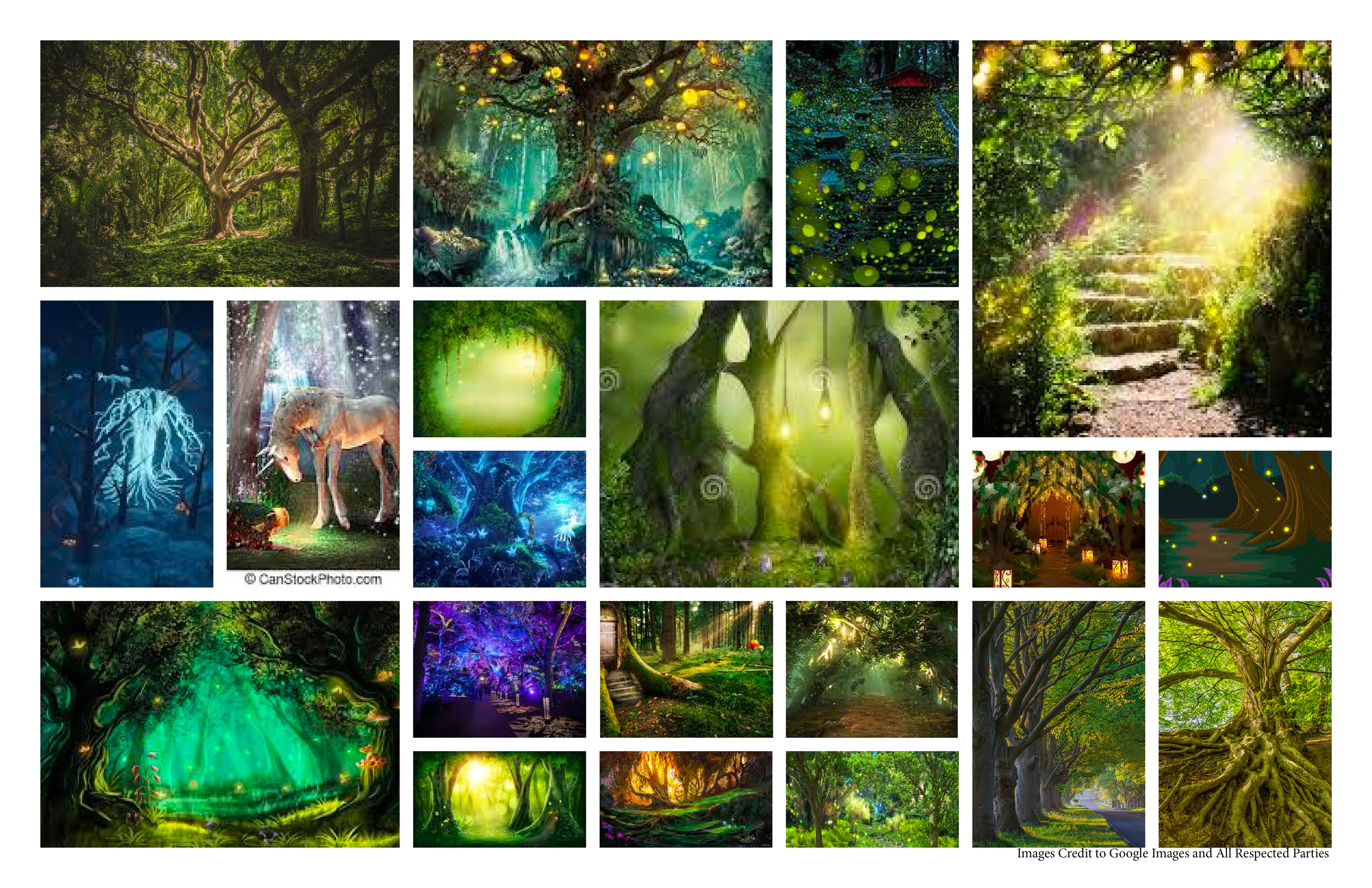
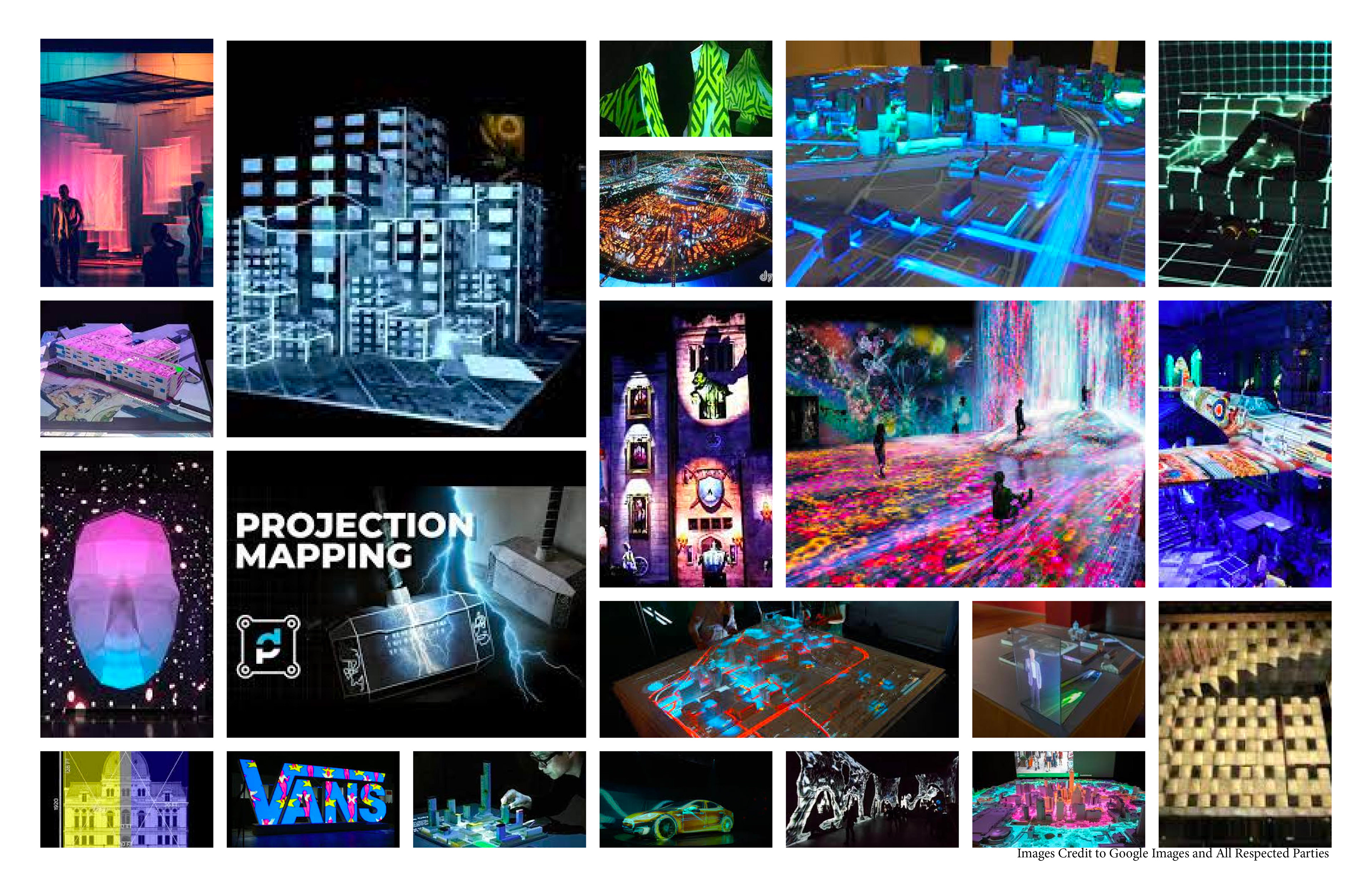

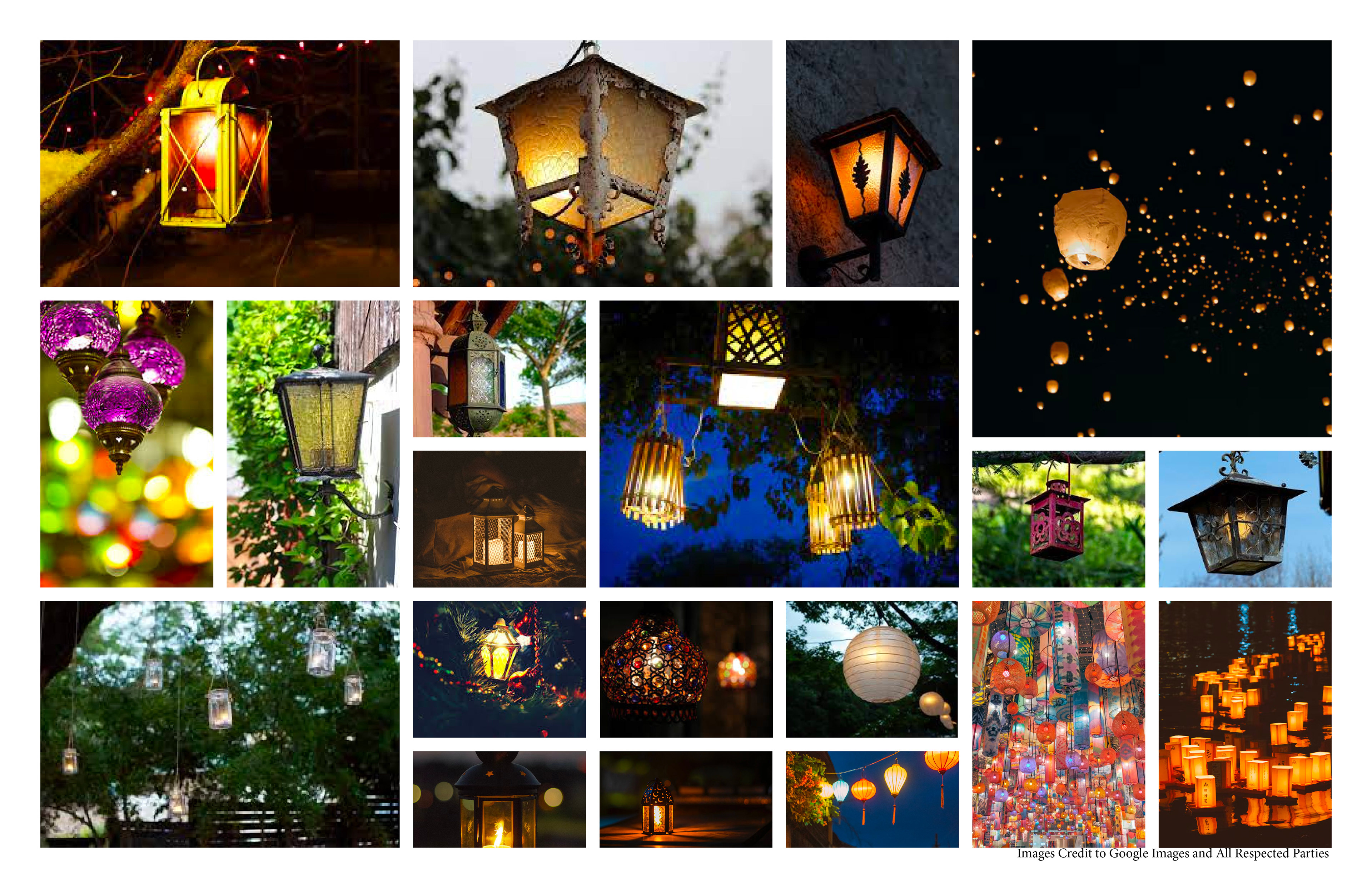
Ideation
Multiple concepts were explored as well in the ideation process, while also drawing other designs and ideas that came to mind in the process.
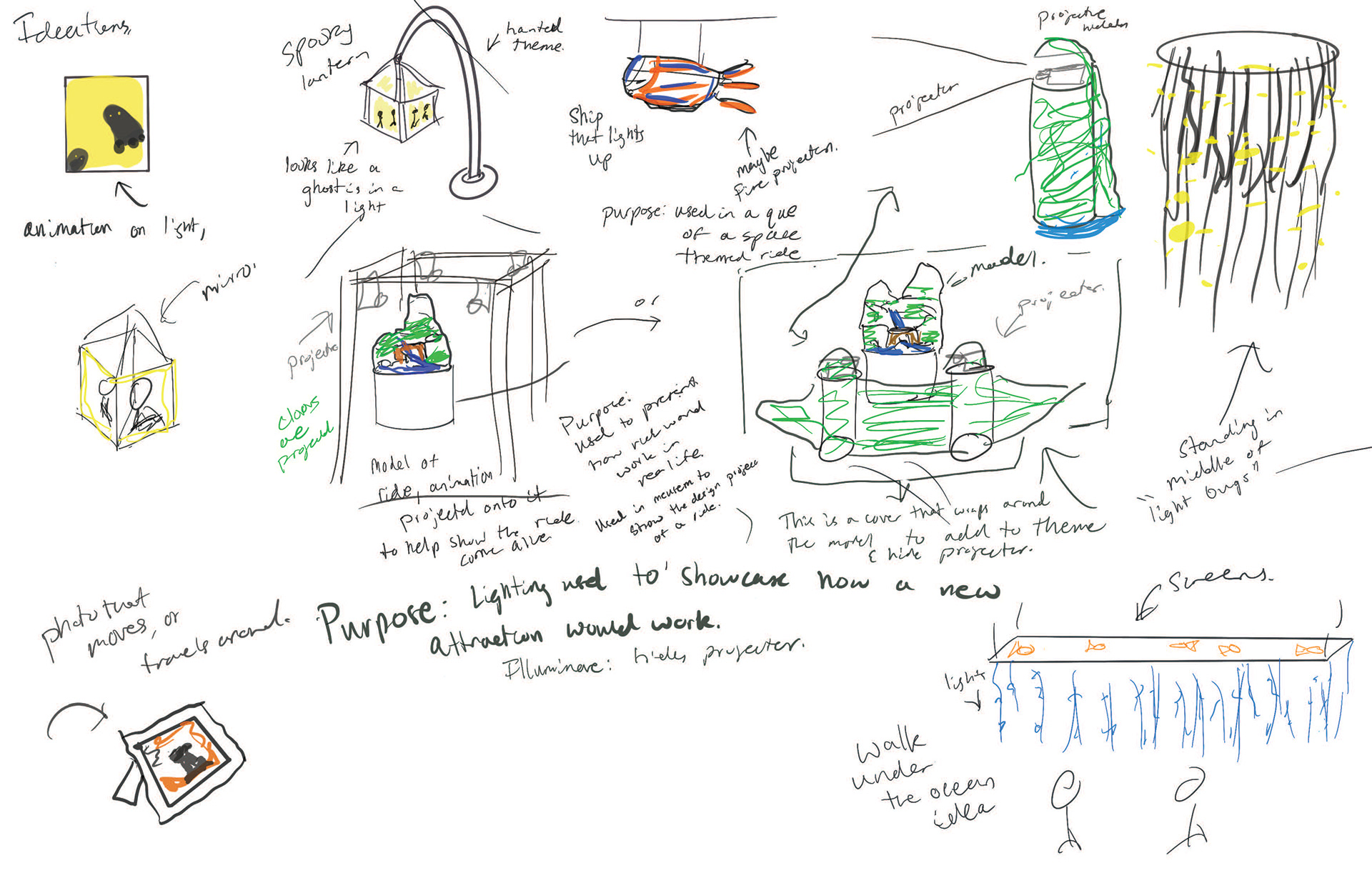
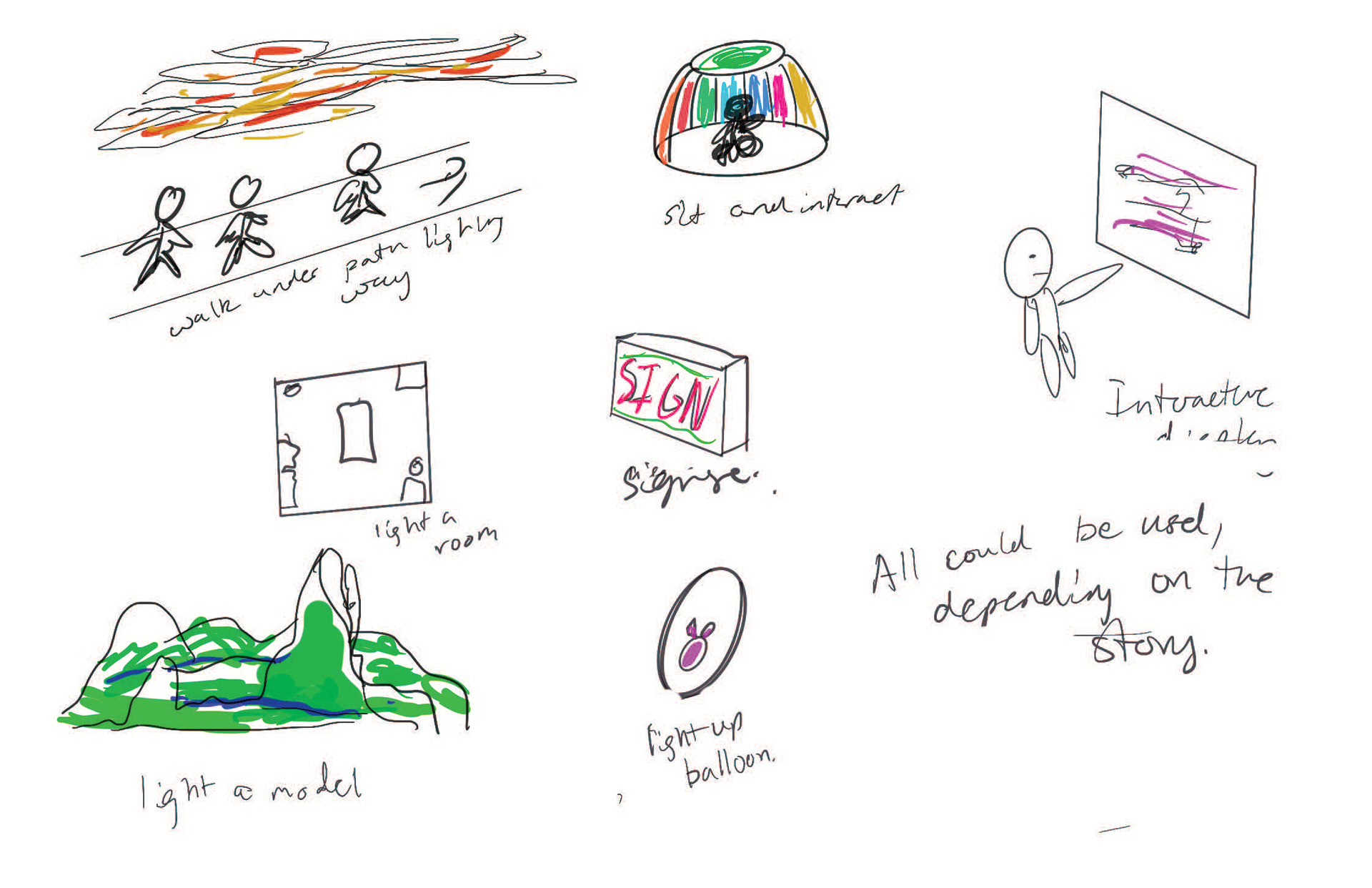

Conceptualization
The Lantern form was then continuously developed and conceptualized. Here are some forms that were taken into account:
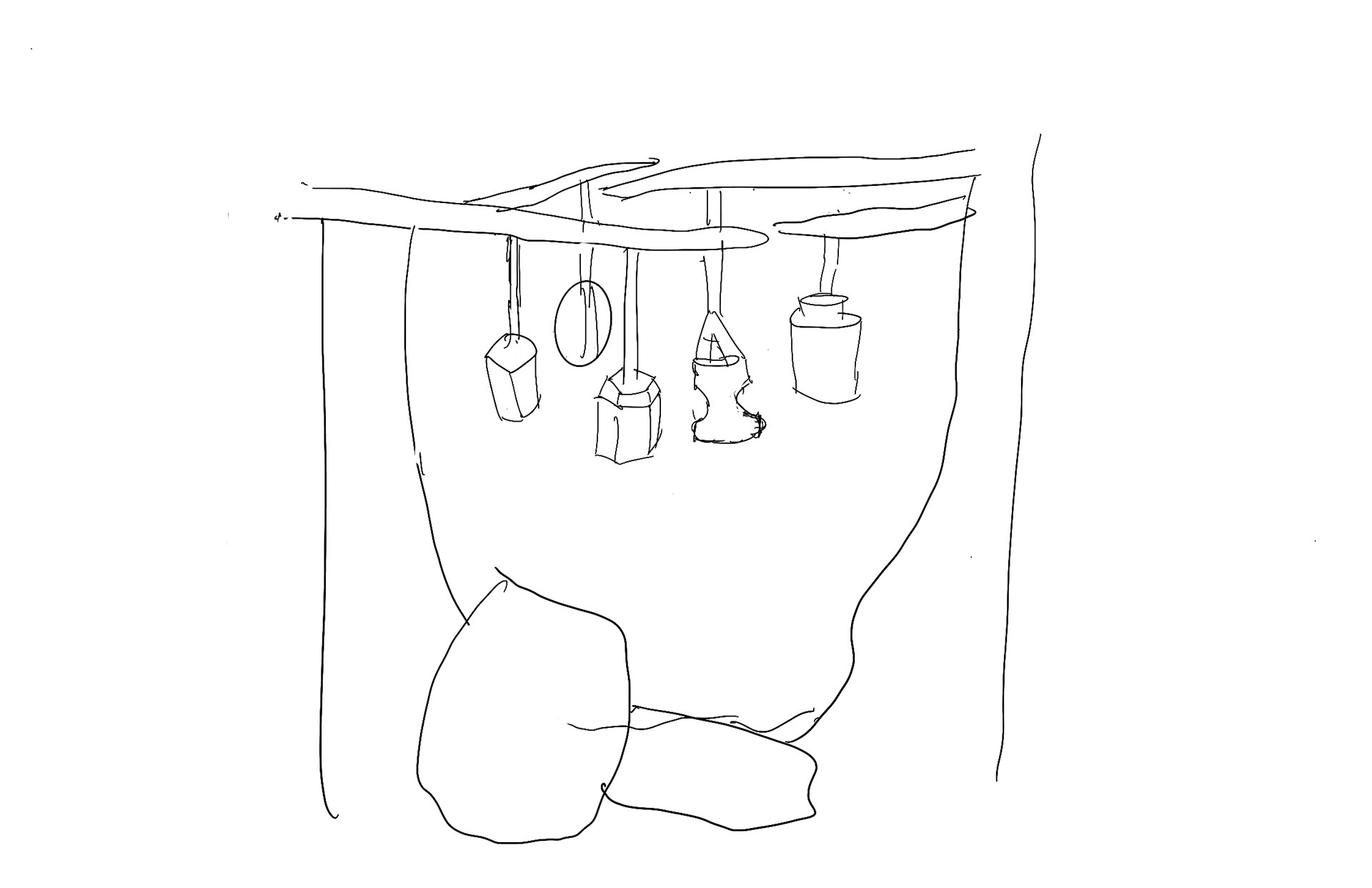


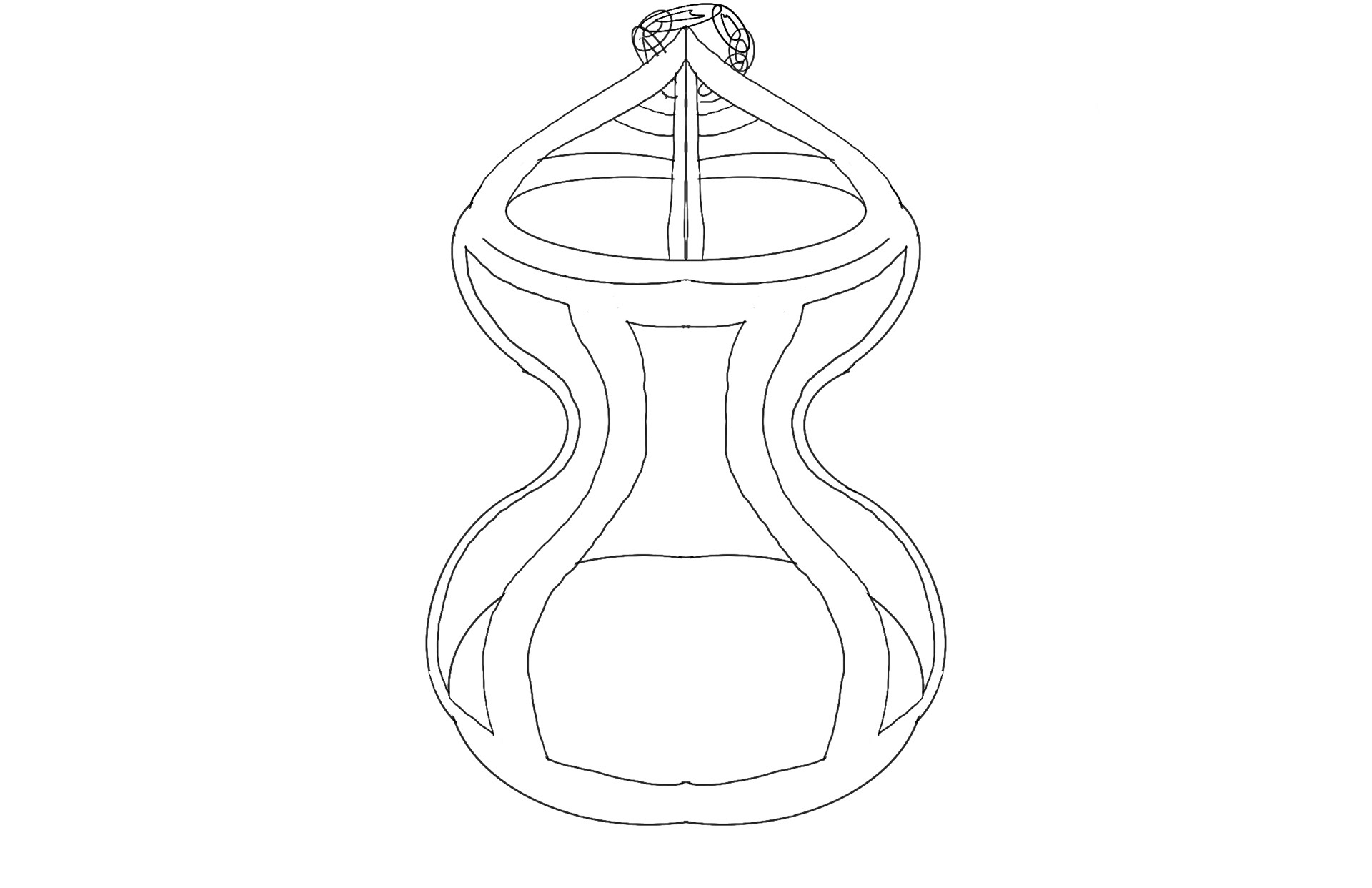
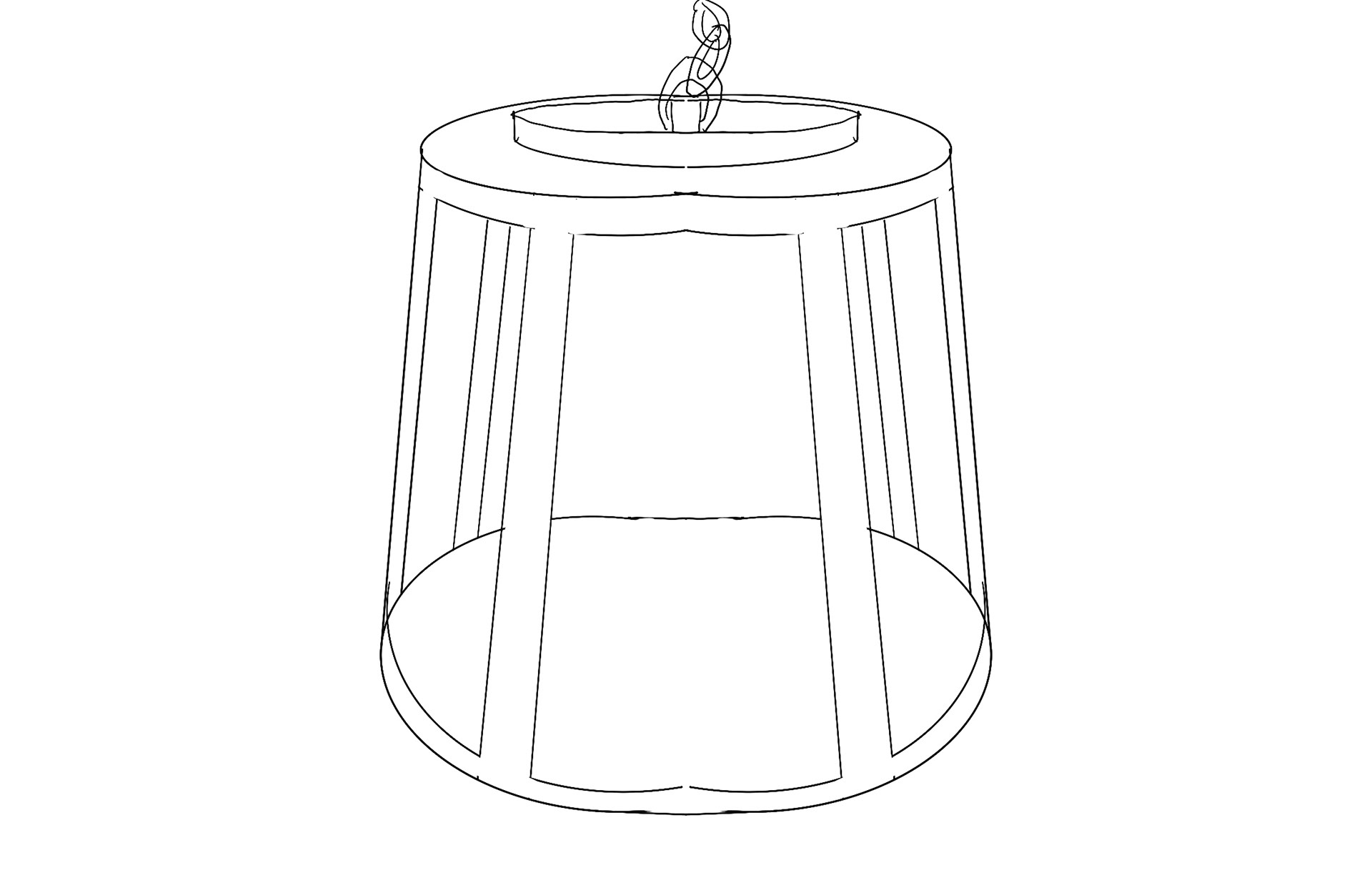
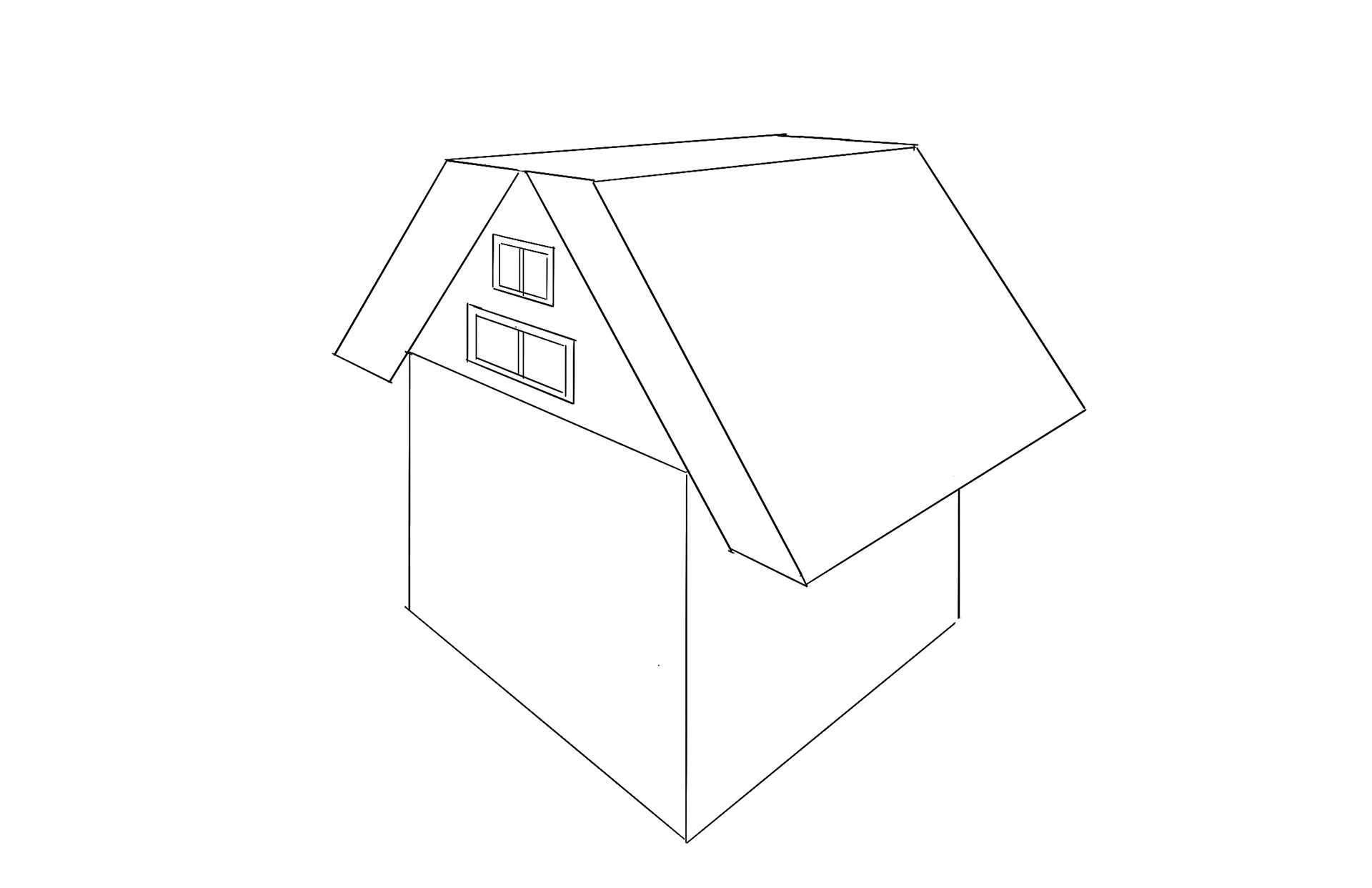
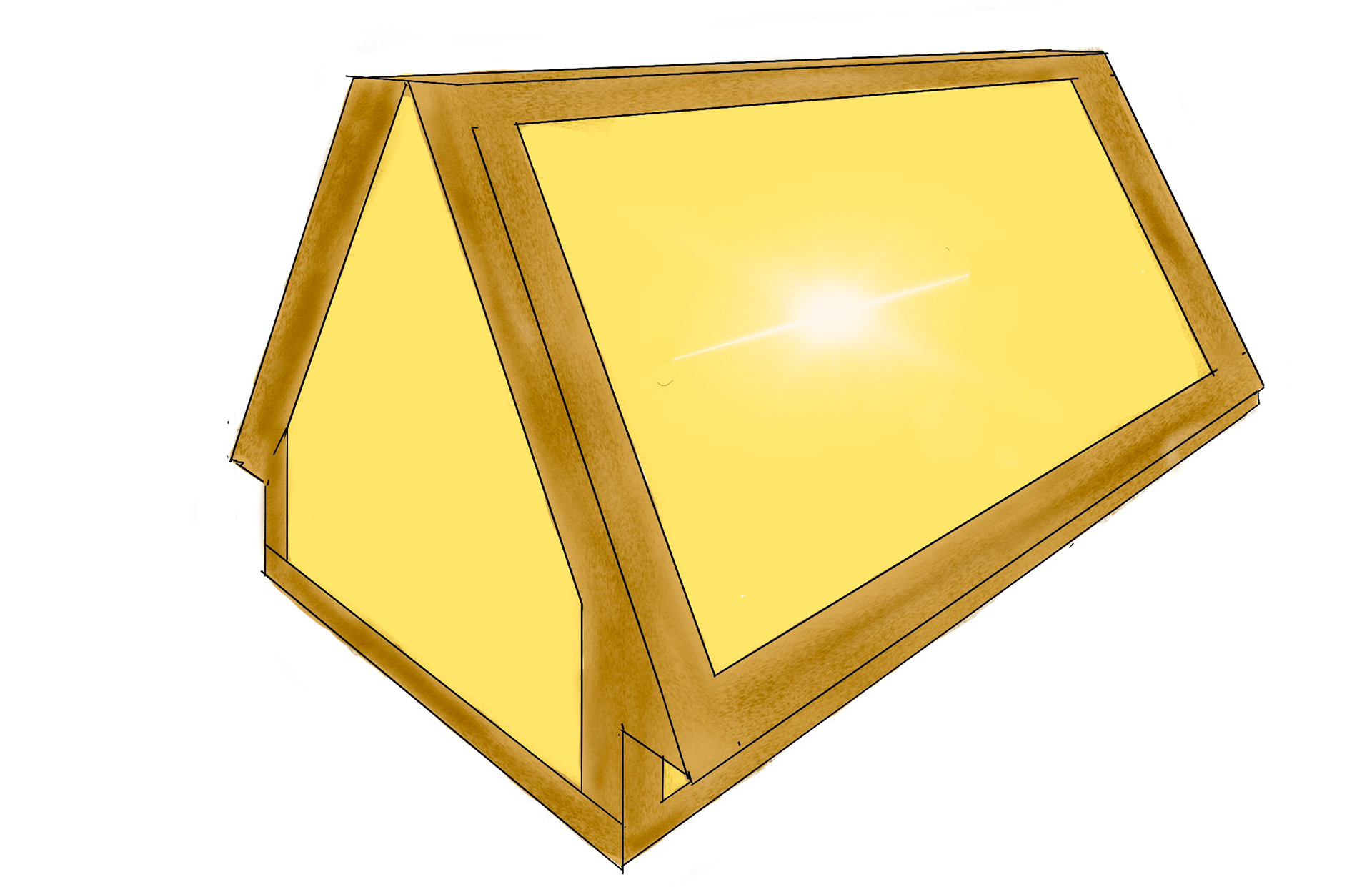
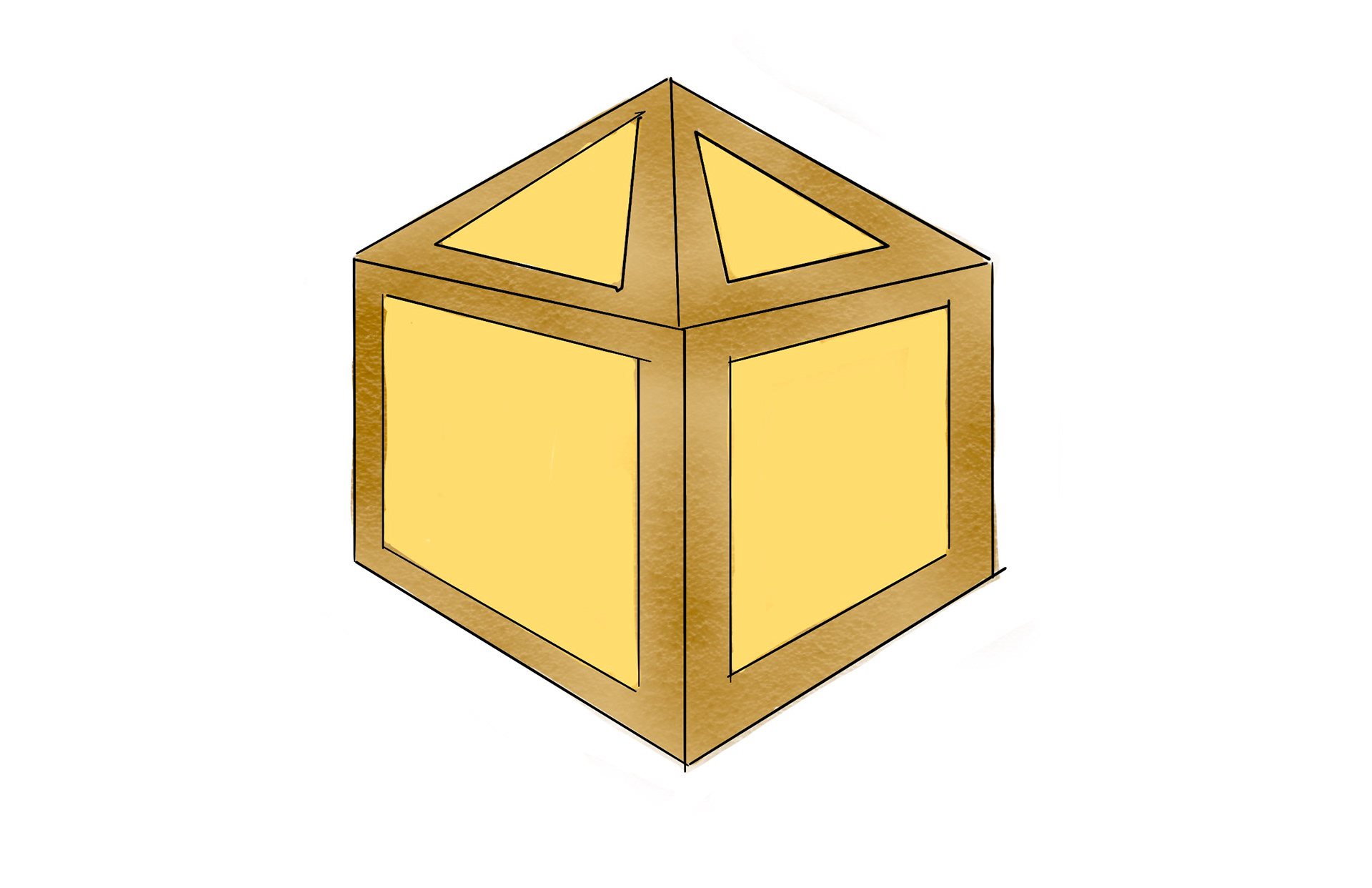
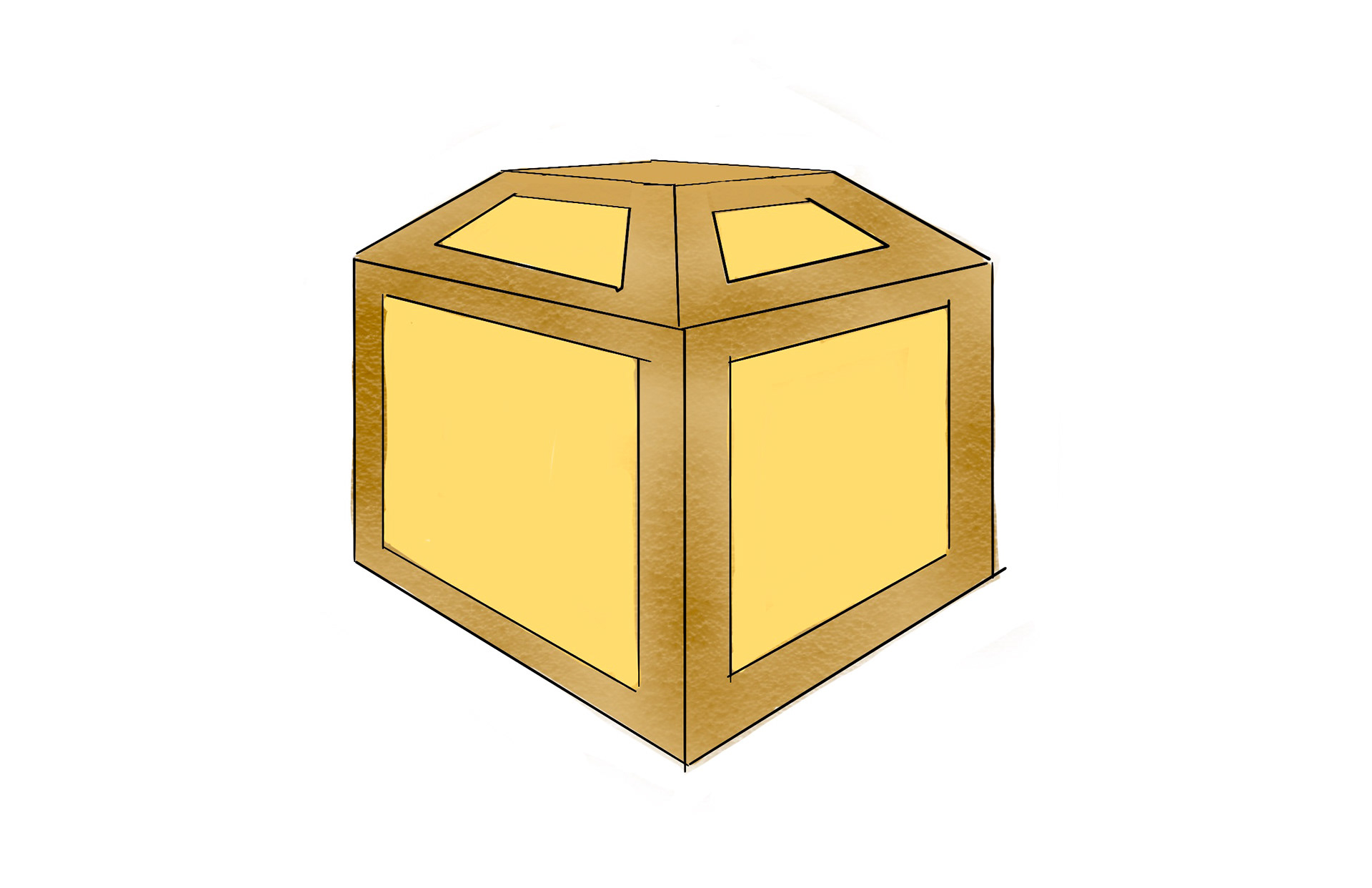
Technology Integration
Filming
Story scenes for people living inside the lantern were written, developed, acted out, produced, filmed, and edited. This set utilized 8 actors, 2 green screens, 2 Canon 5D Mark4, EF 24-105 mm lens, and a camera lighting kit.

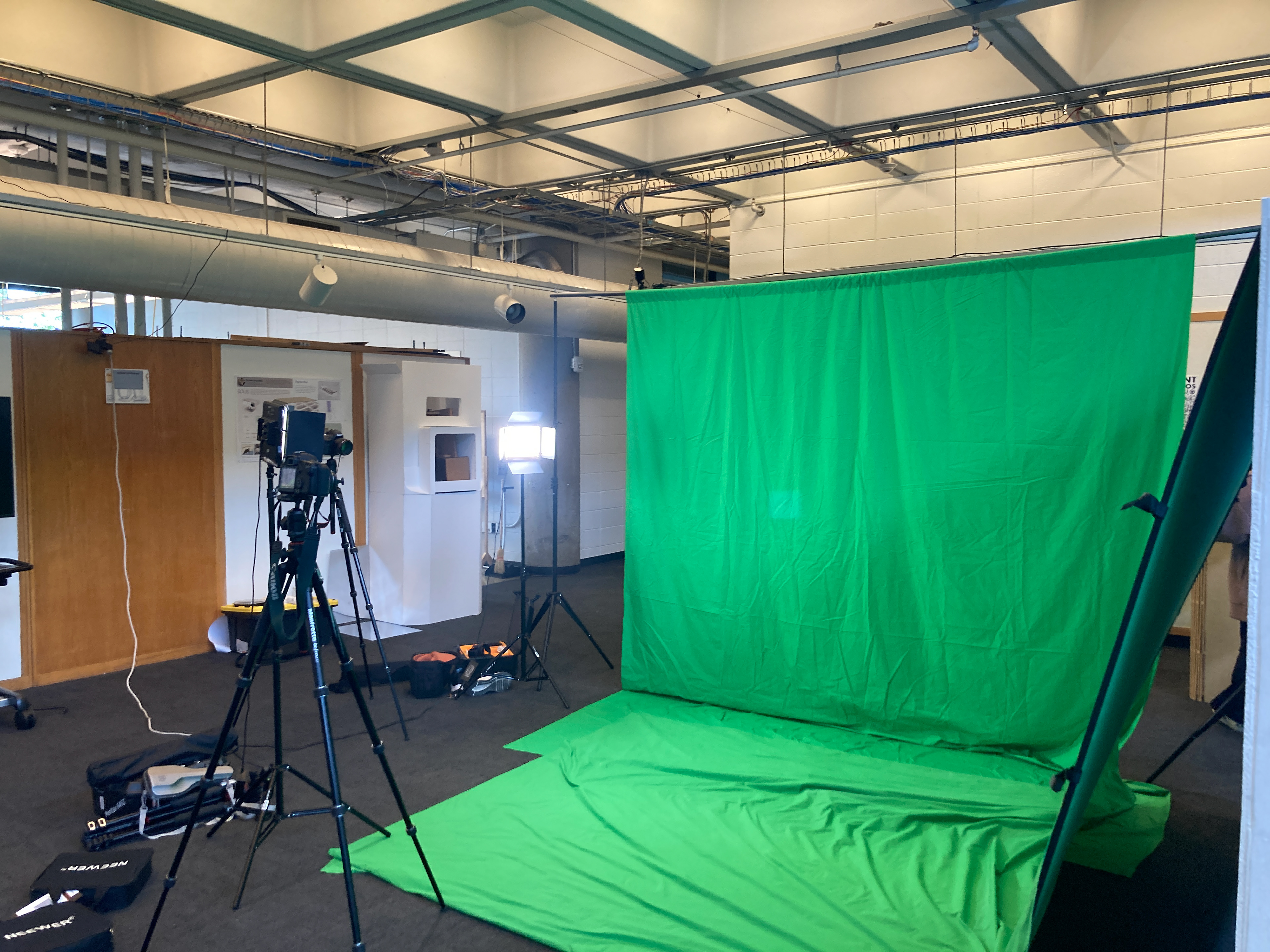
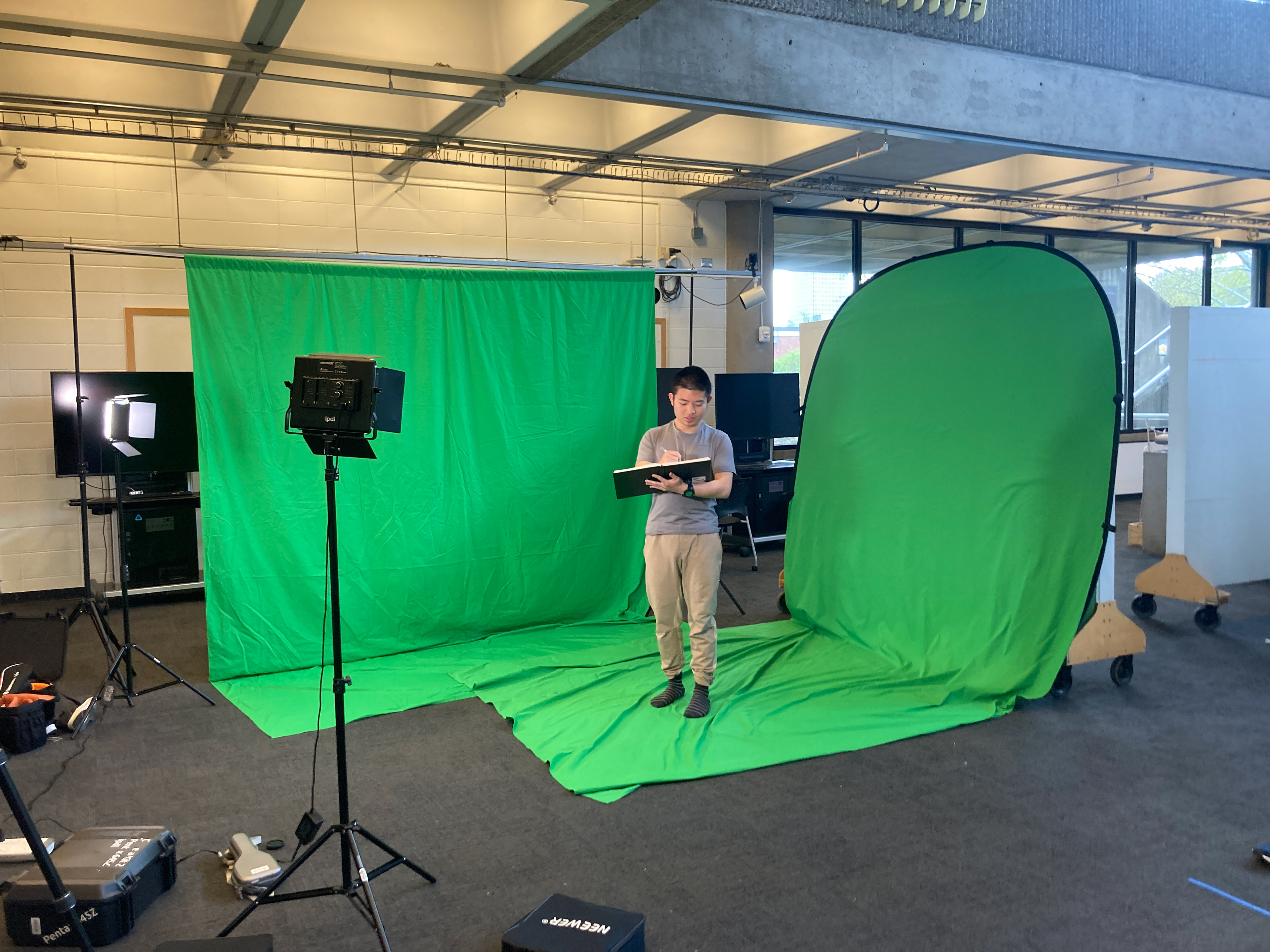
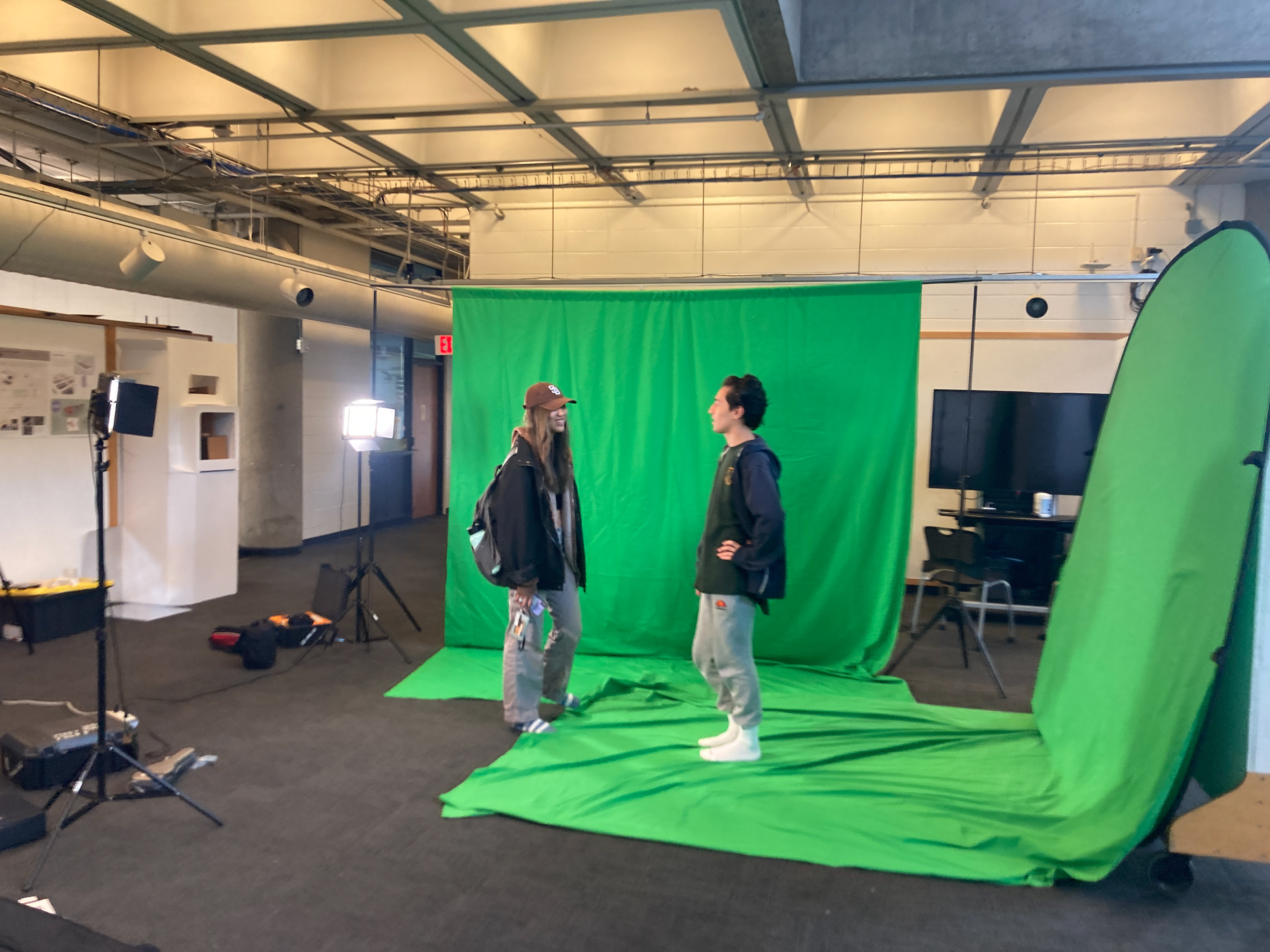
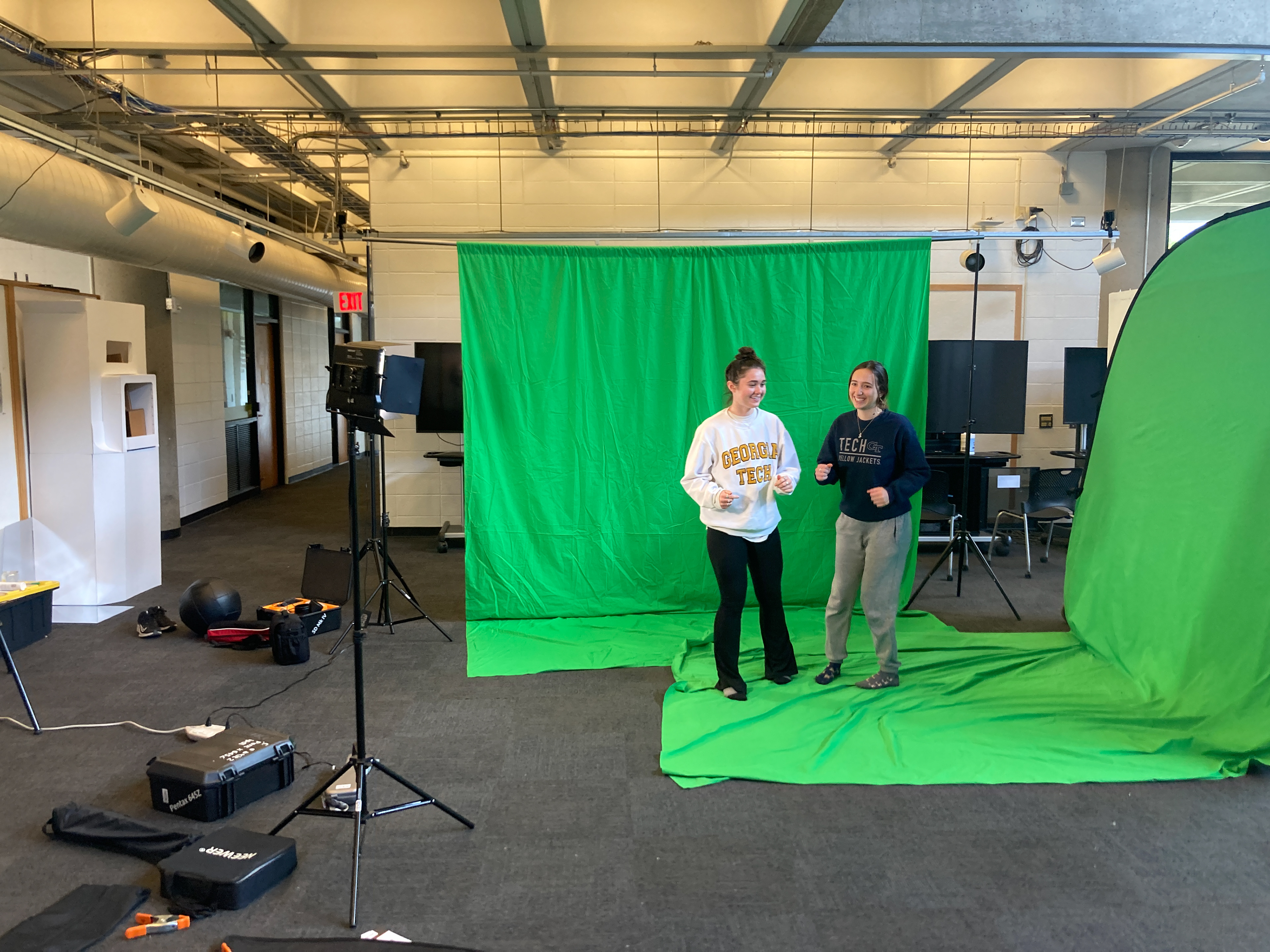
Through using Adobe After Effects, the videos of people acting and moving around were edited into silhouettes. Check out before and after editing here:
Projection-Mapping
Multiple iterations of animation testing were done with different lantern forms to find the best placement, height, angle, and distance of the projector to the lantern.
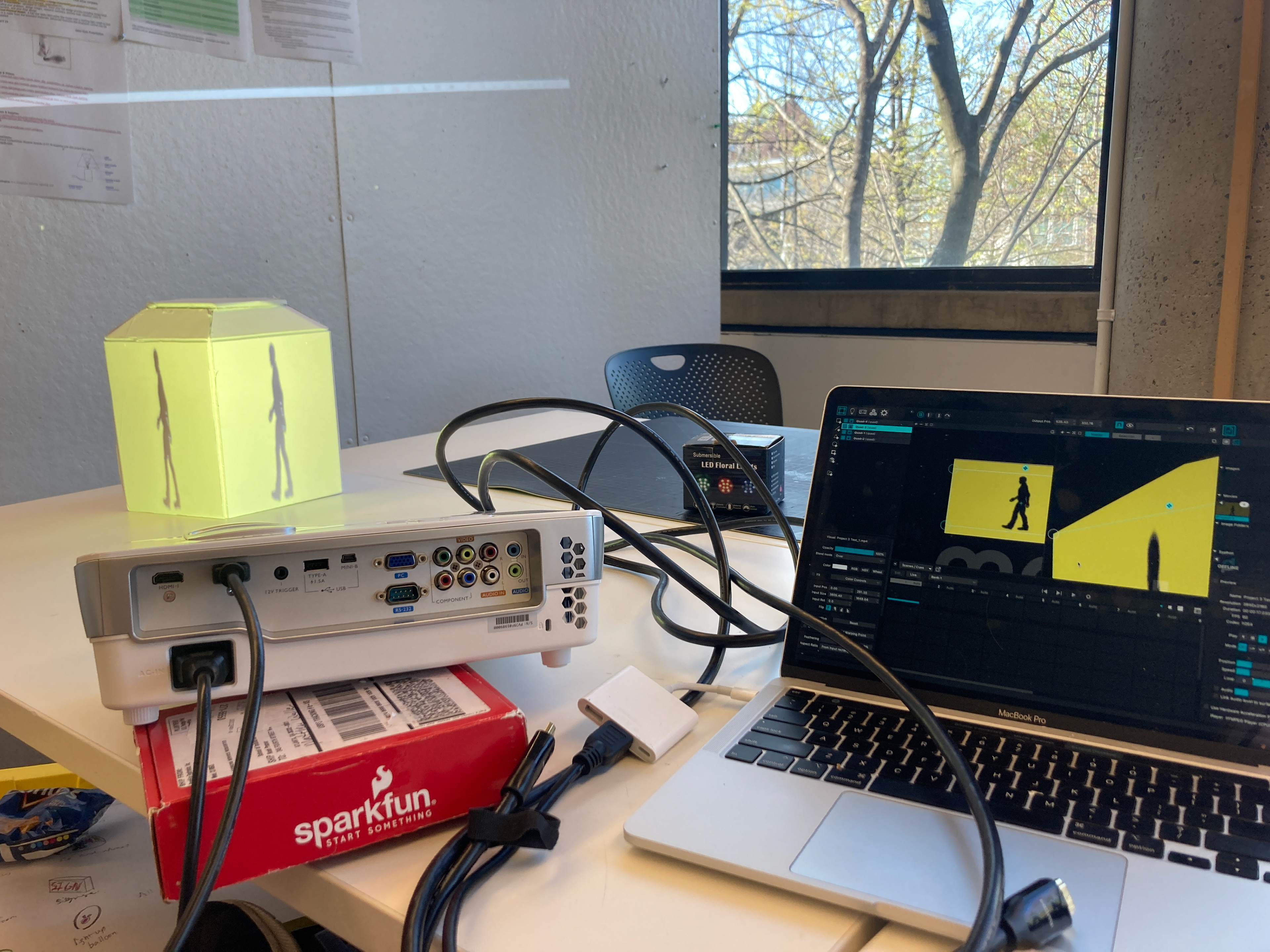
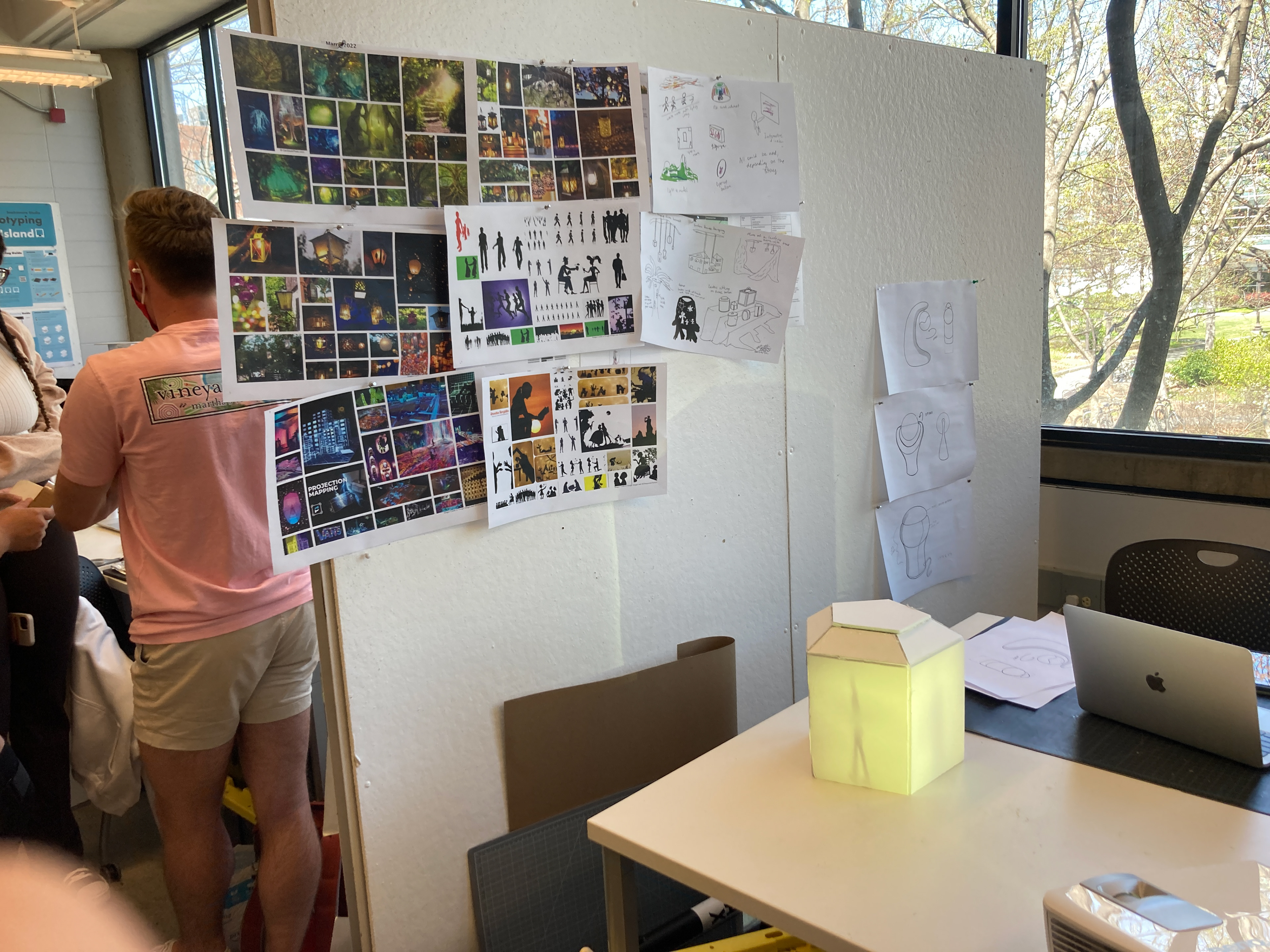
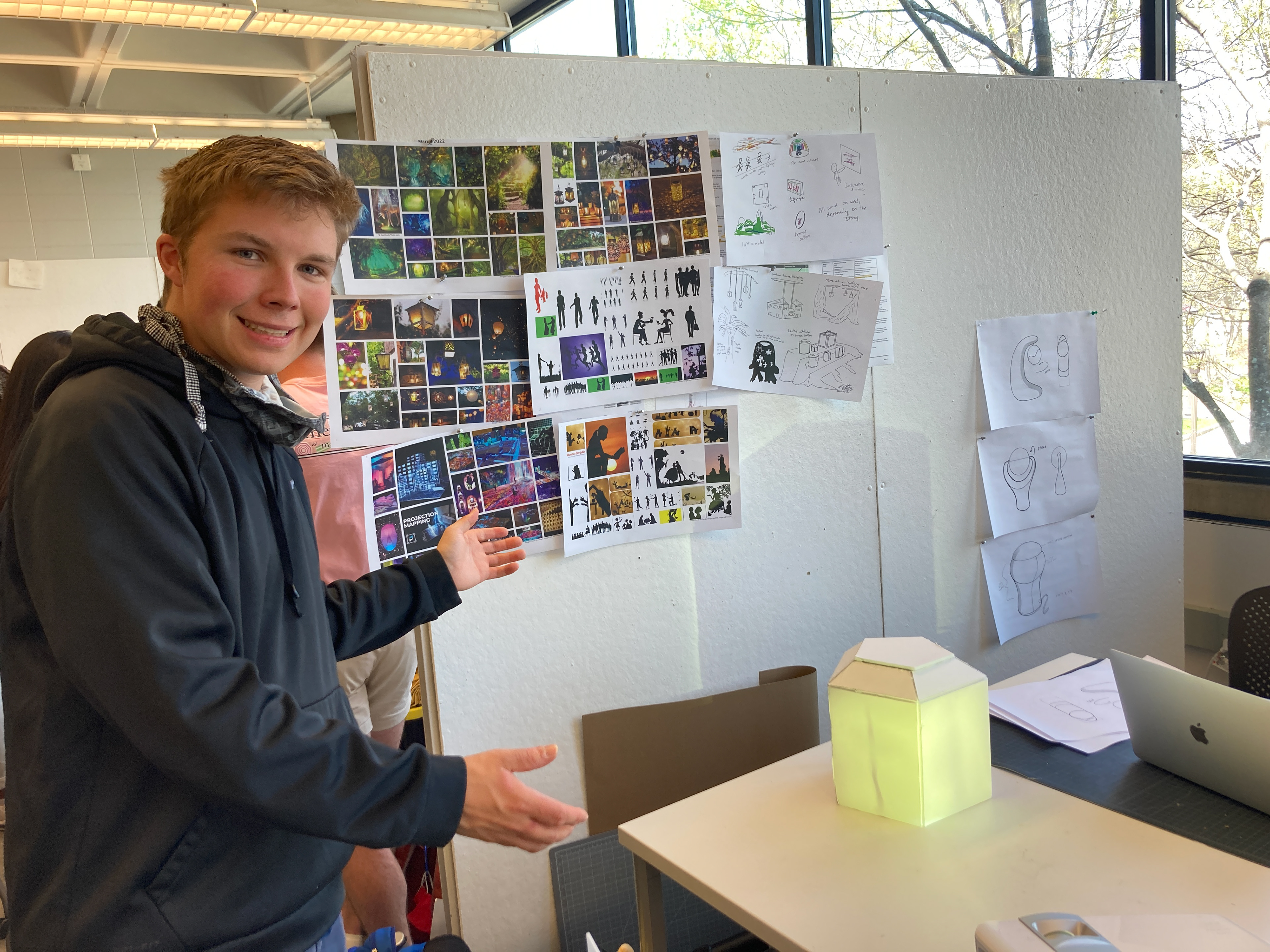
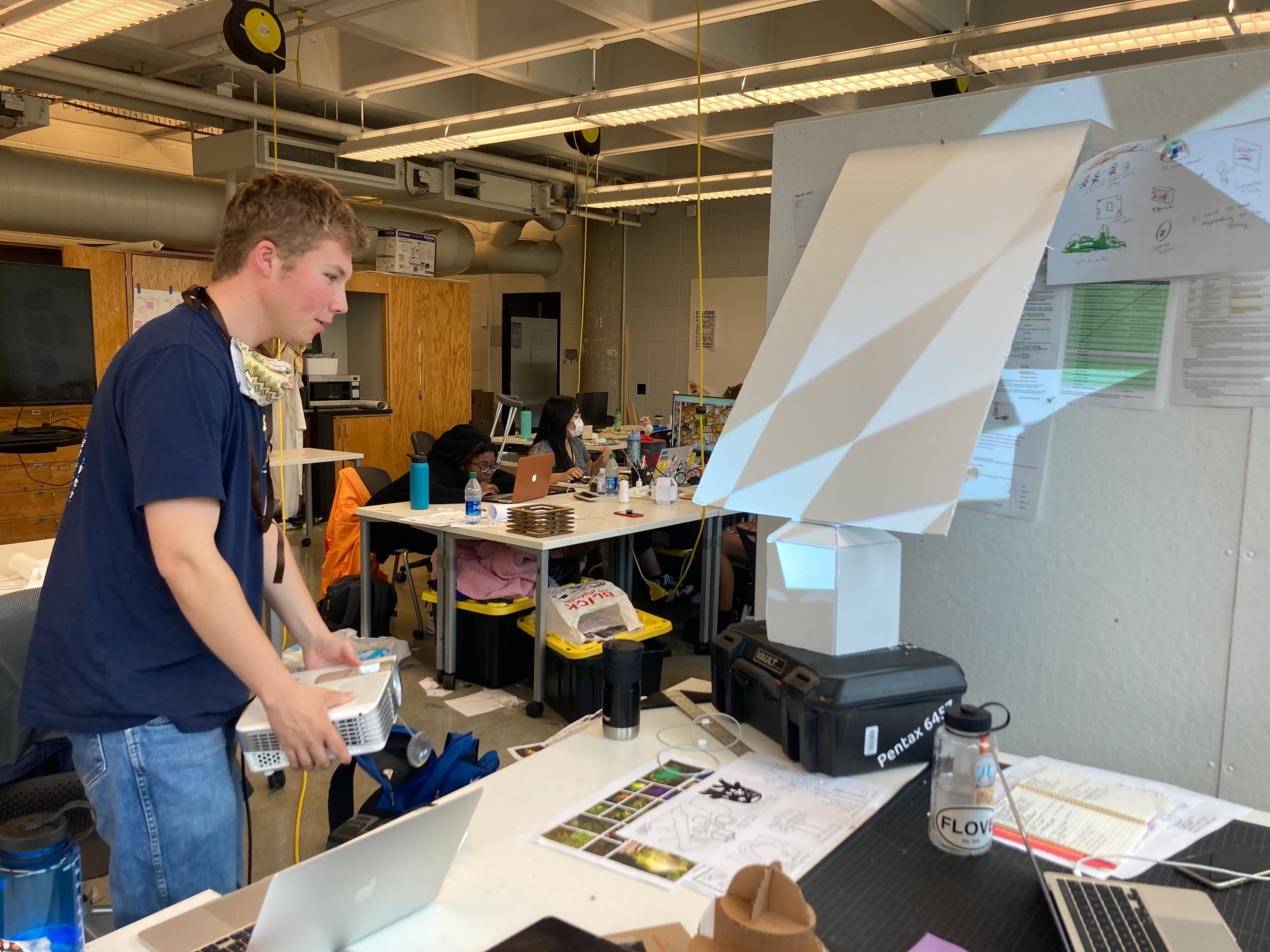
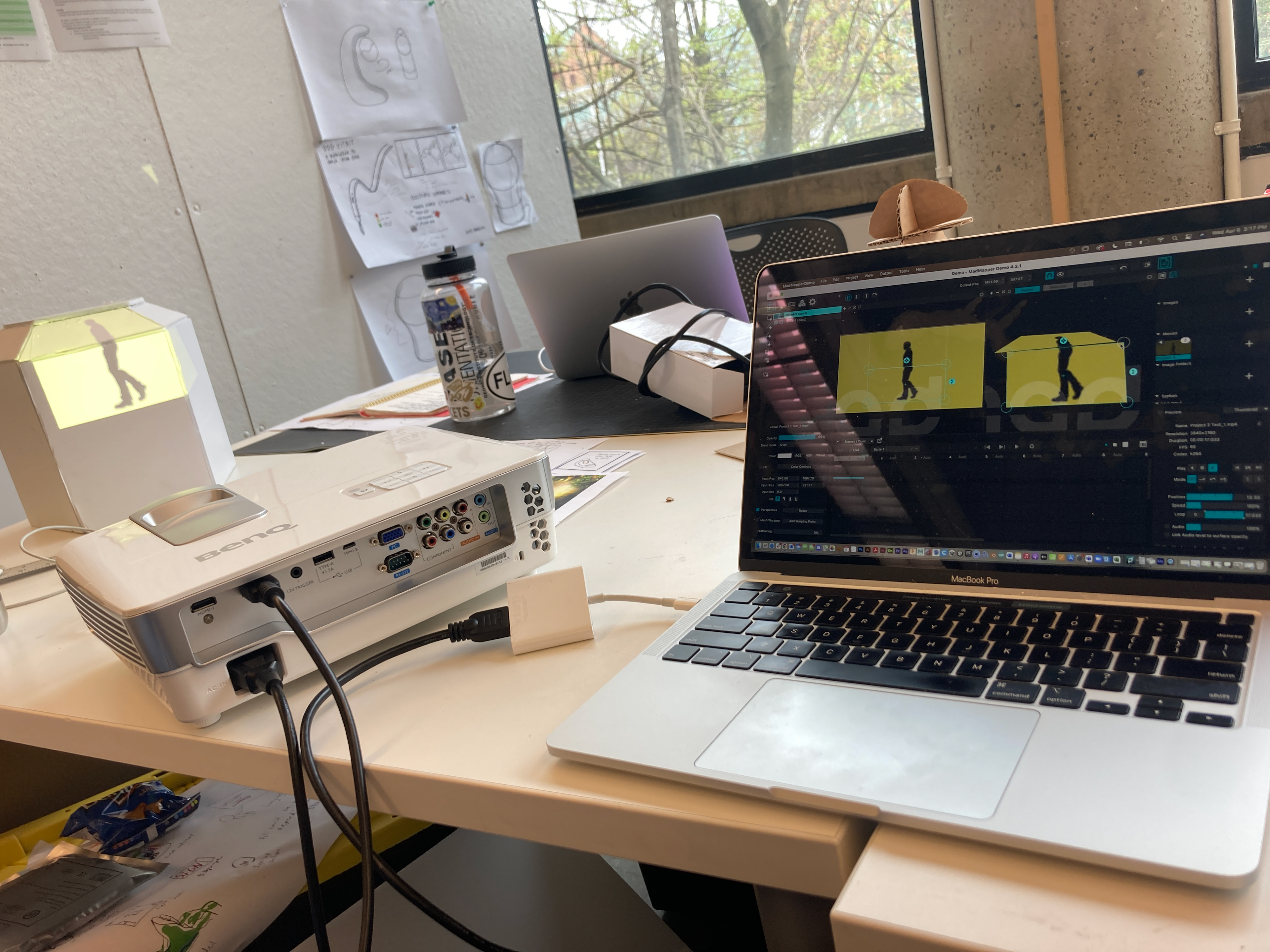
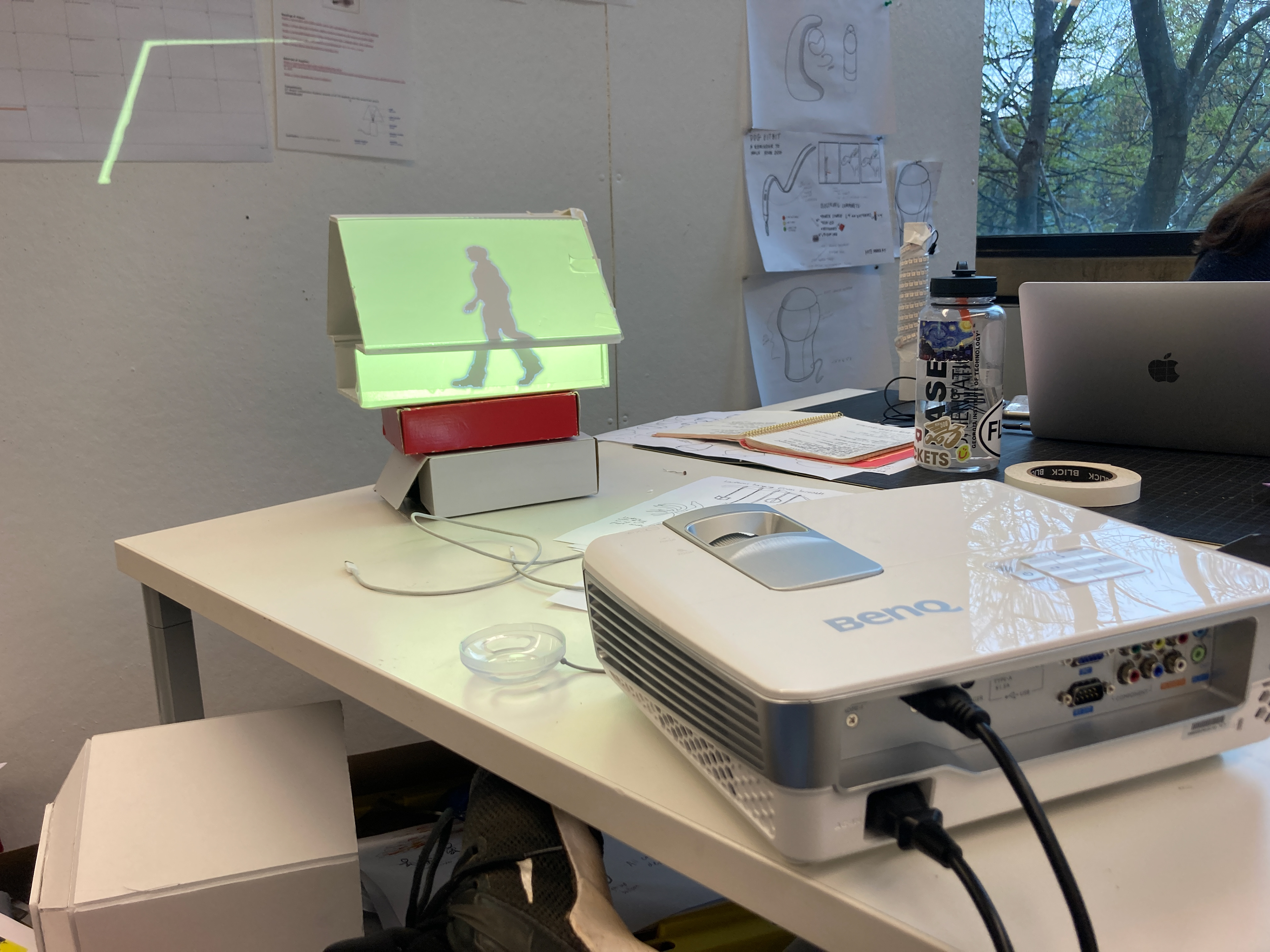
Material Testing
Multiple mixtures of glue, dye, and mod-podge were tested on the clear and white acrylic to test how the projection would show up on it. The original mixture idea was suggested by Jake Frizzelle, but after 10-15 different mixtures and changing the amounts, the final “special mixture” of mod-podge, glue, and white paint was developed.
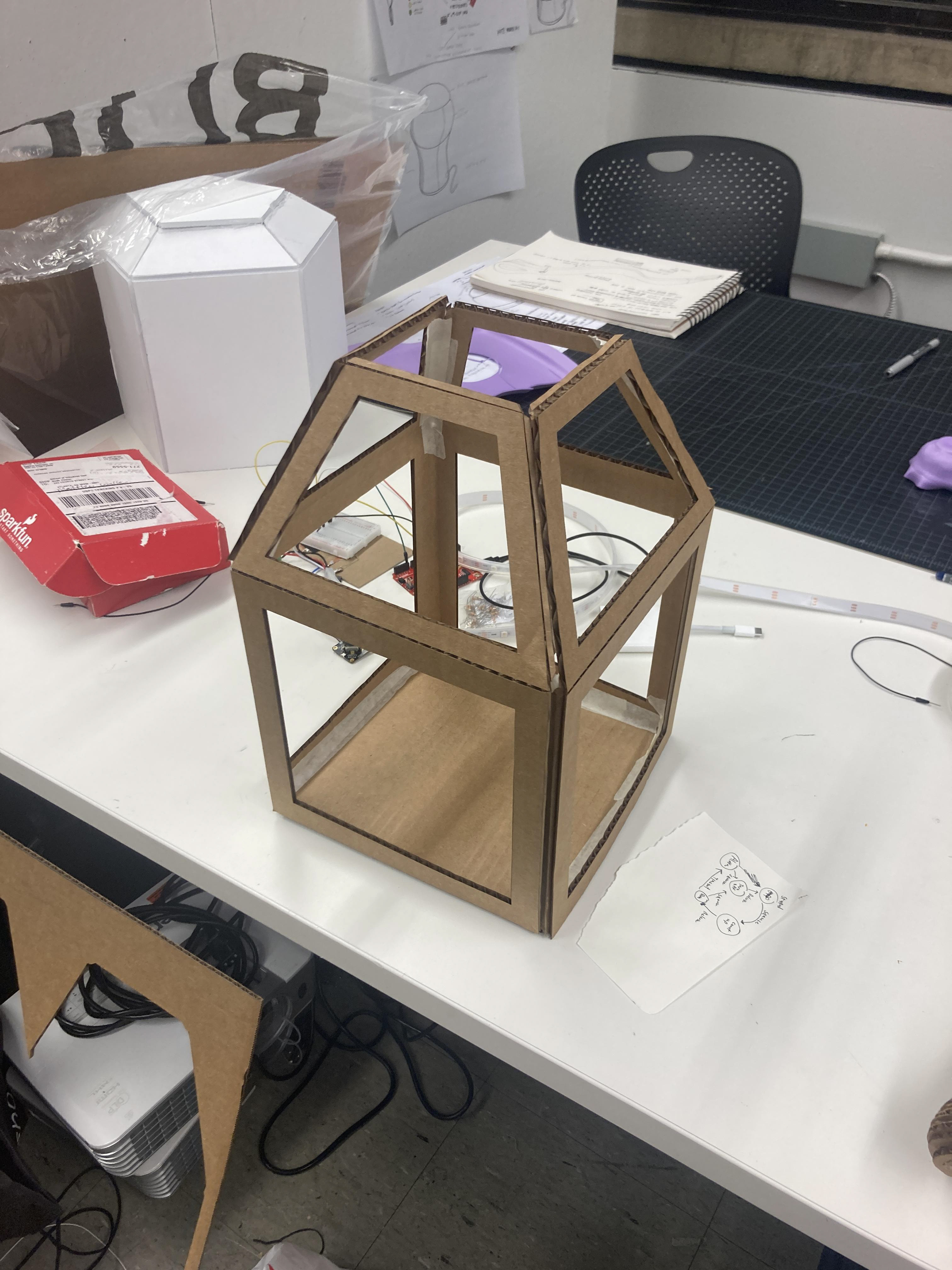
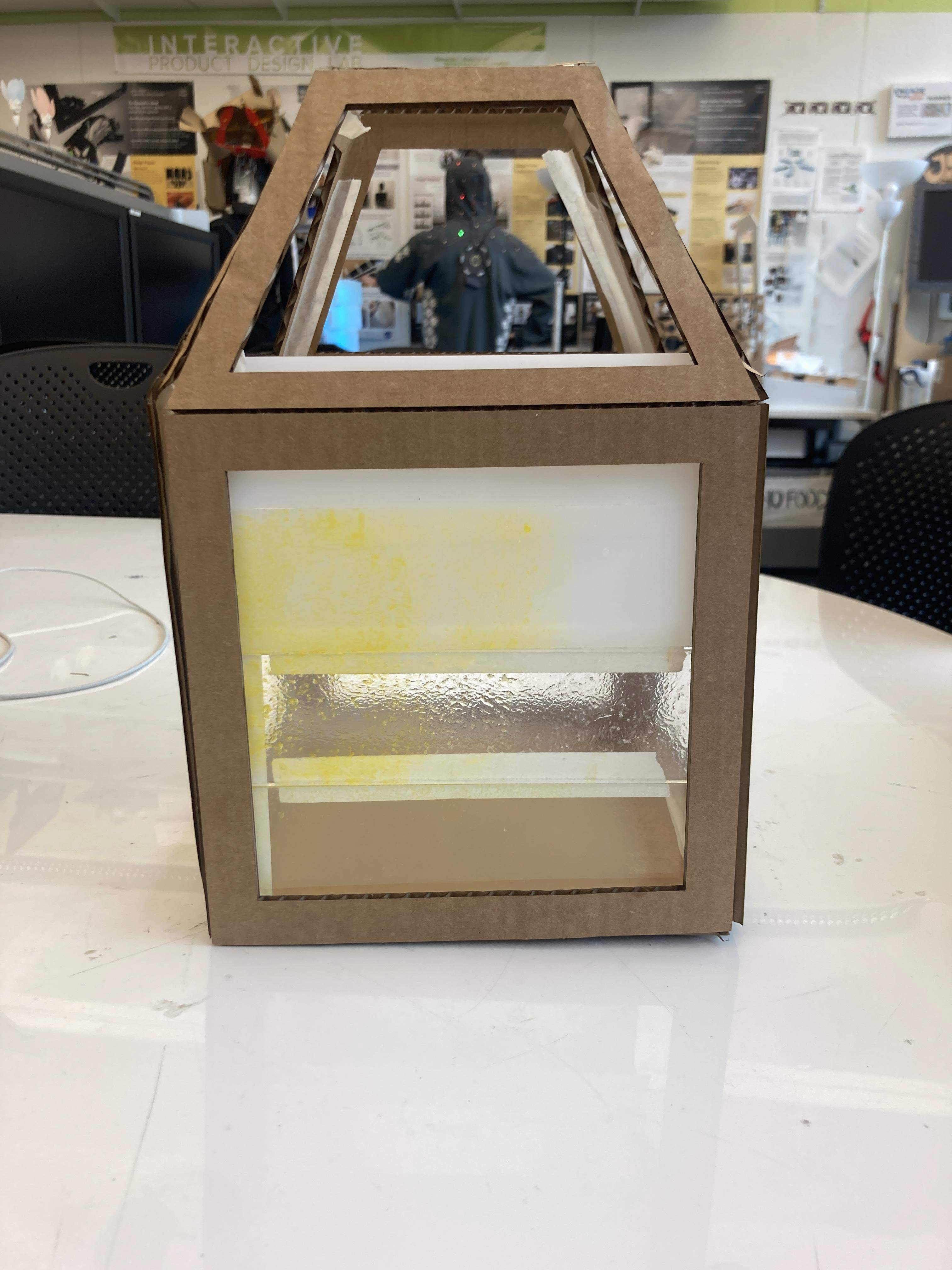
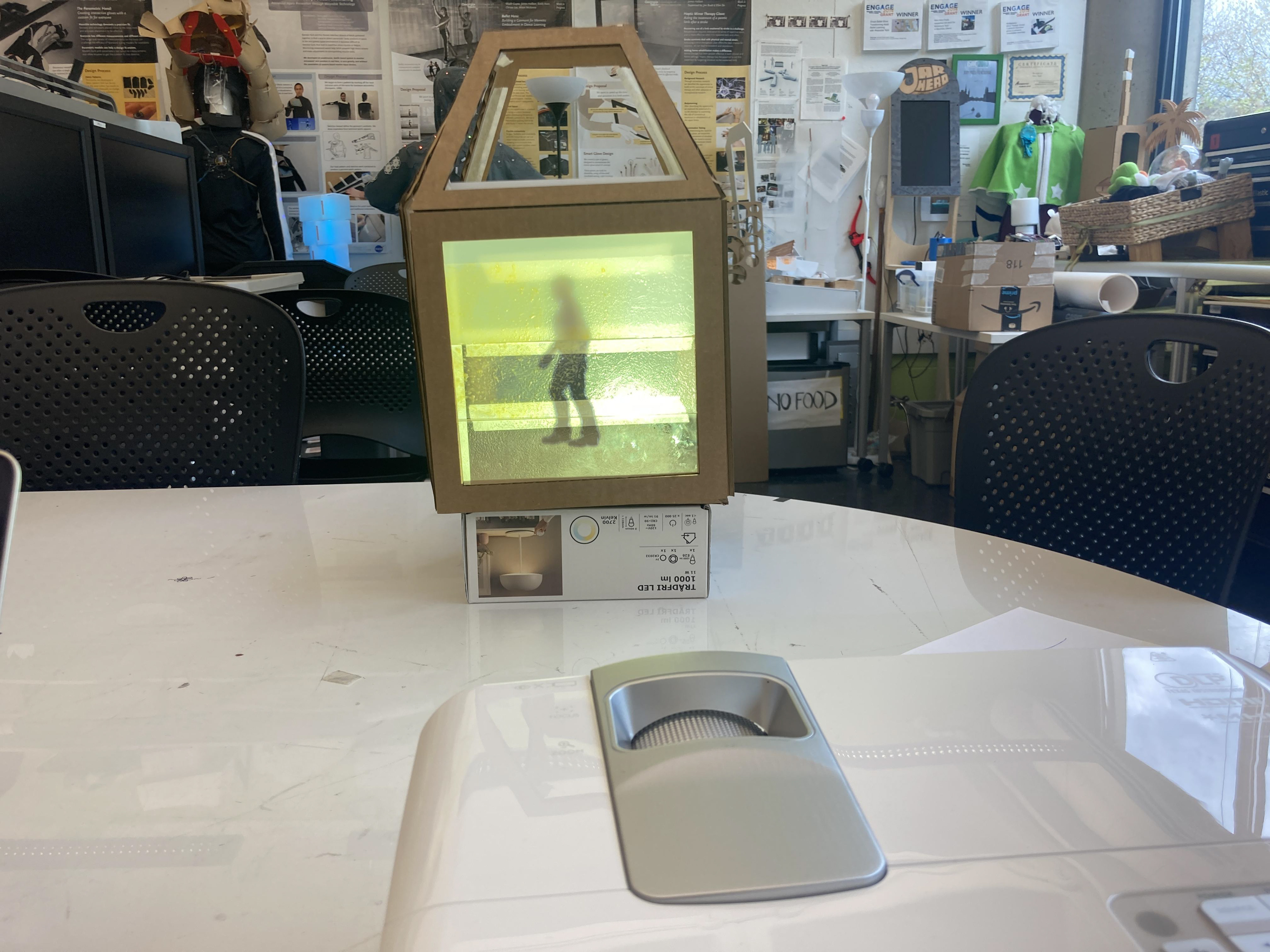
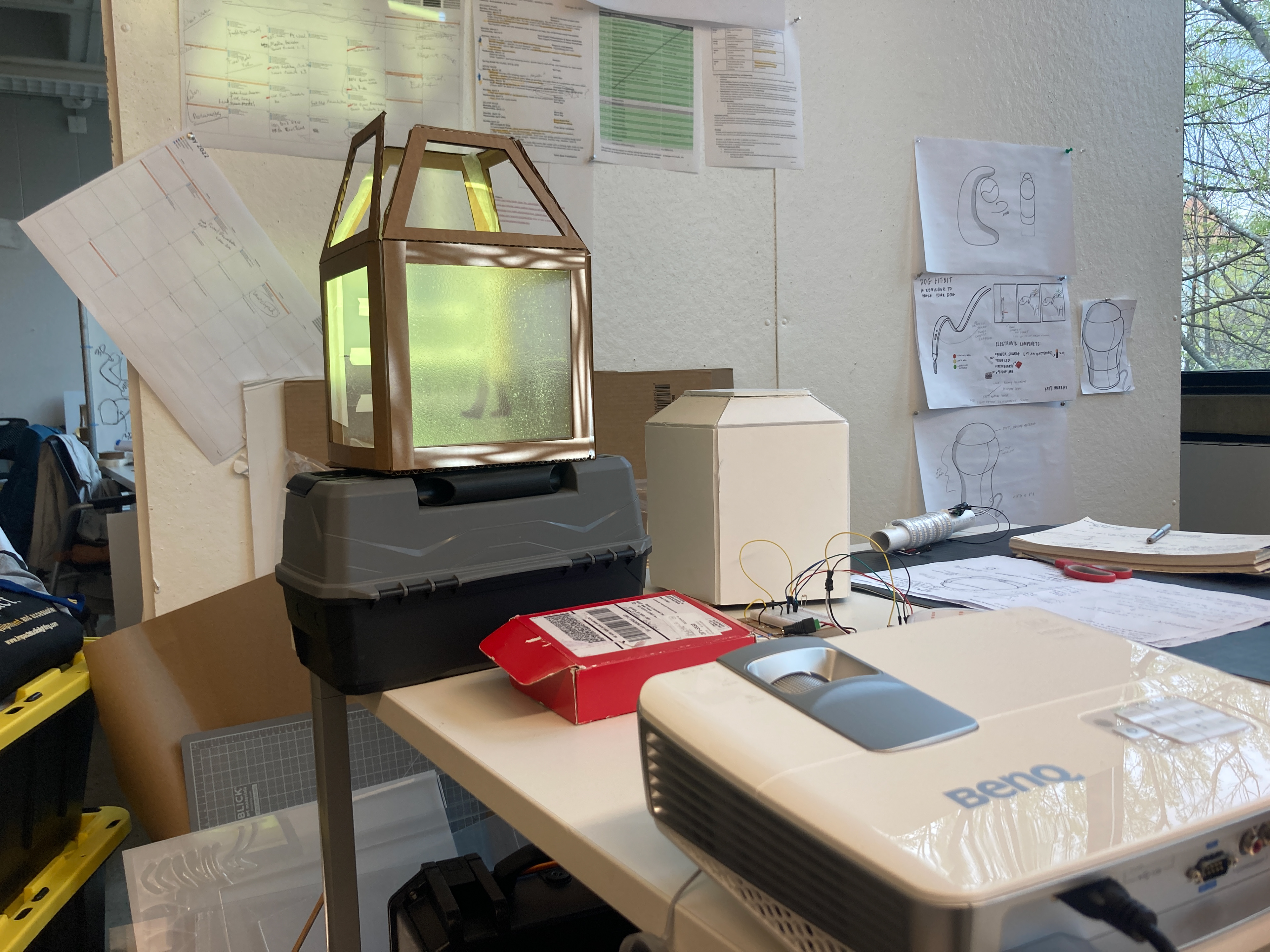
Fabrication
The structure of the lantern was cut and developed utilizing a laser cutter. After texturing each side of the layout with beige and dark brown paint with a rough brush to create a wood-like effect, the chipboard was sanded down to help look ancient and weathered down.



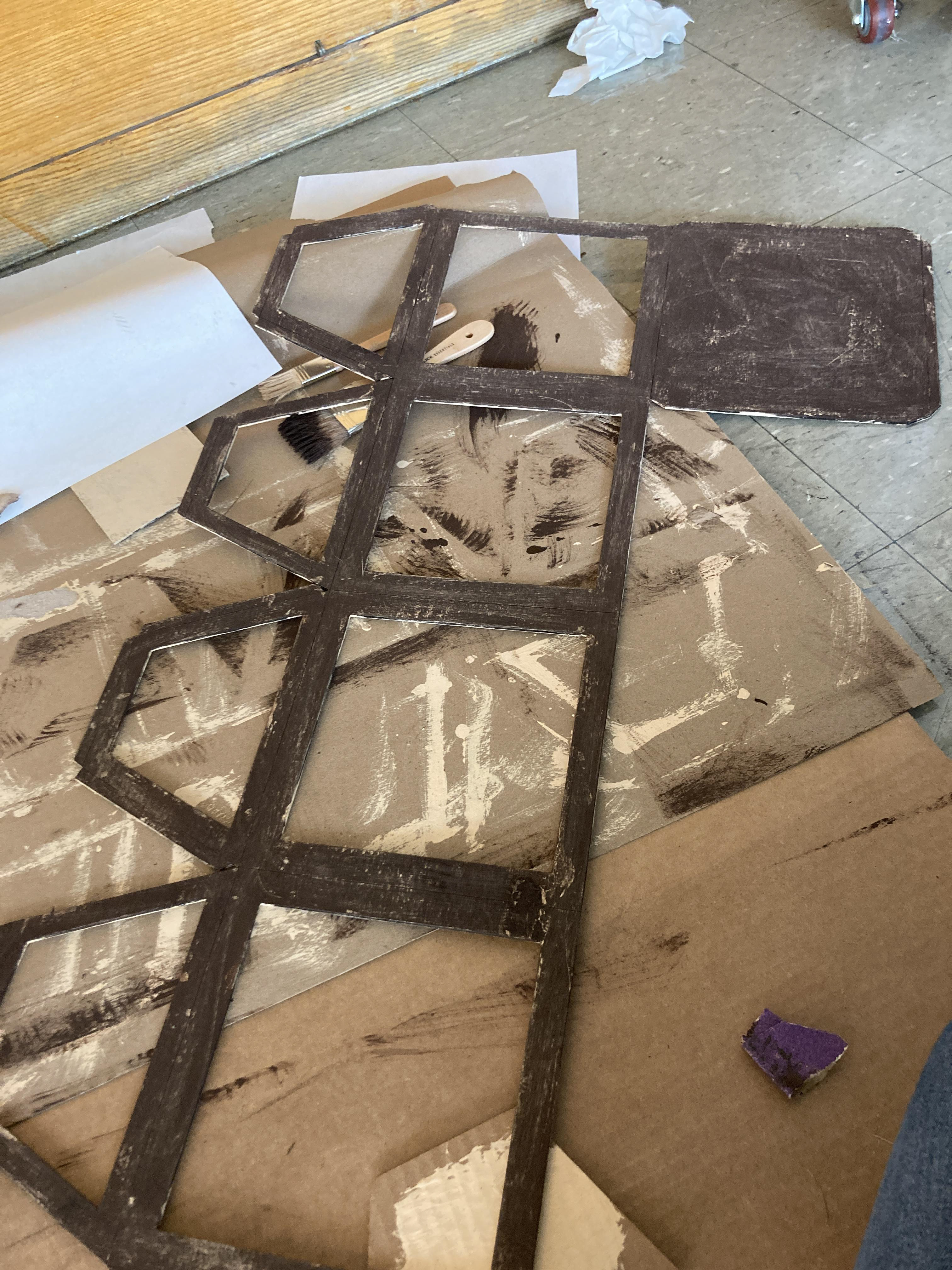
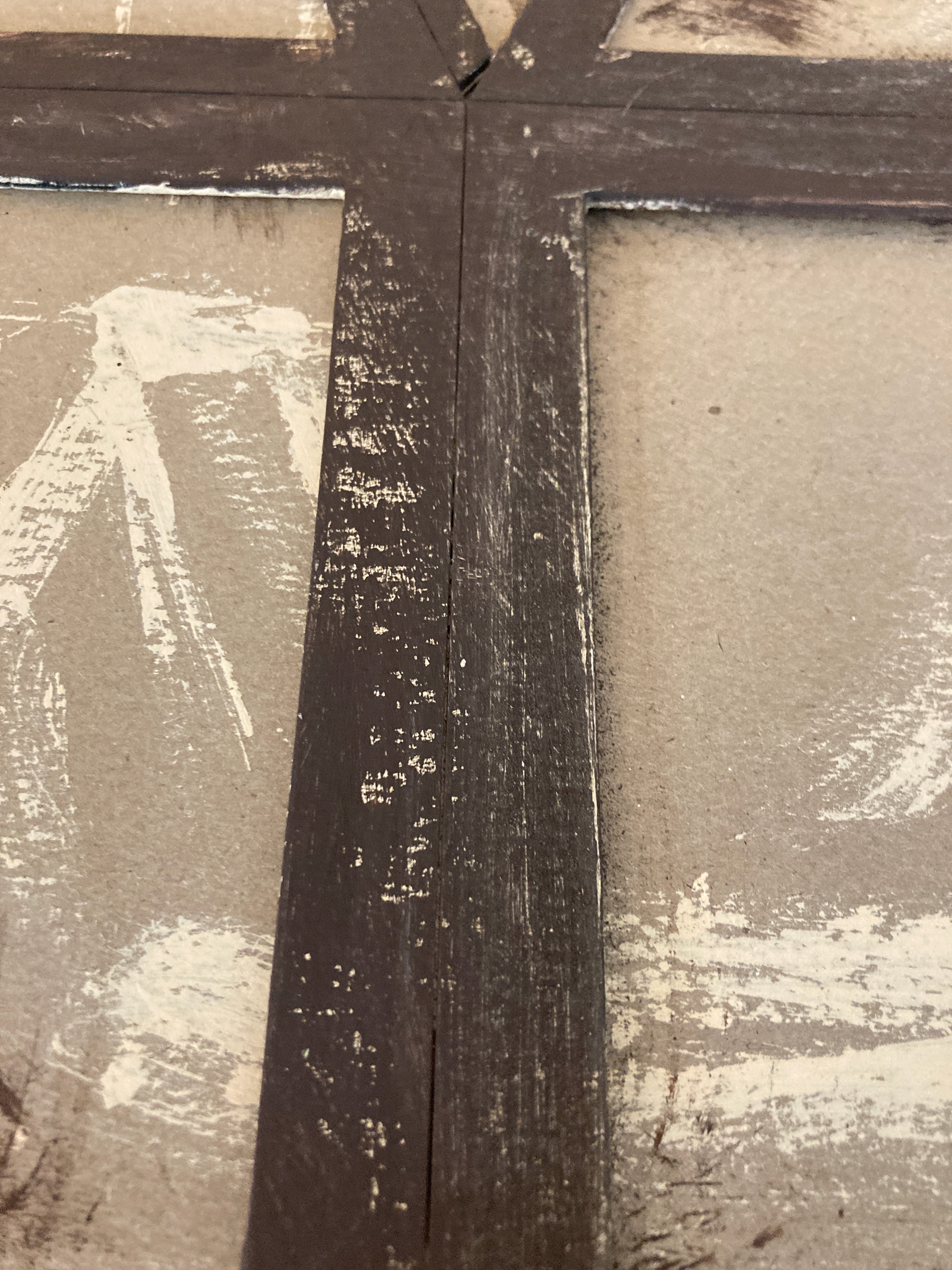

Finalized Design
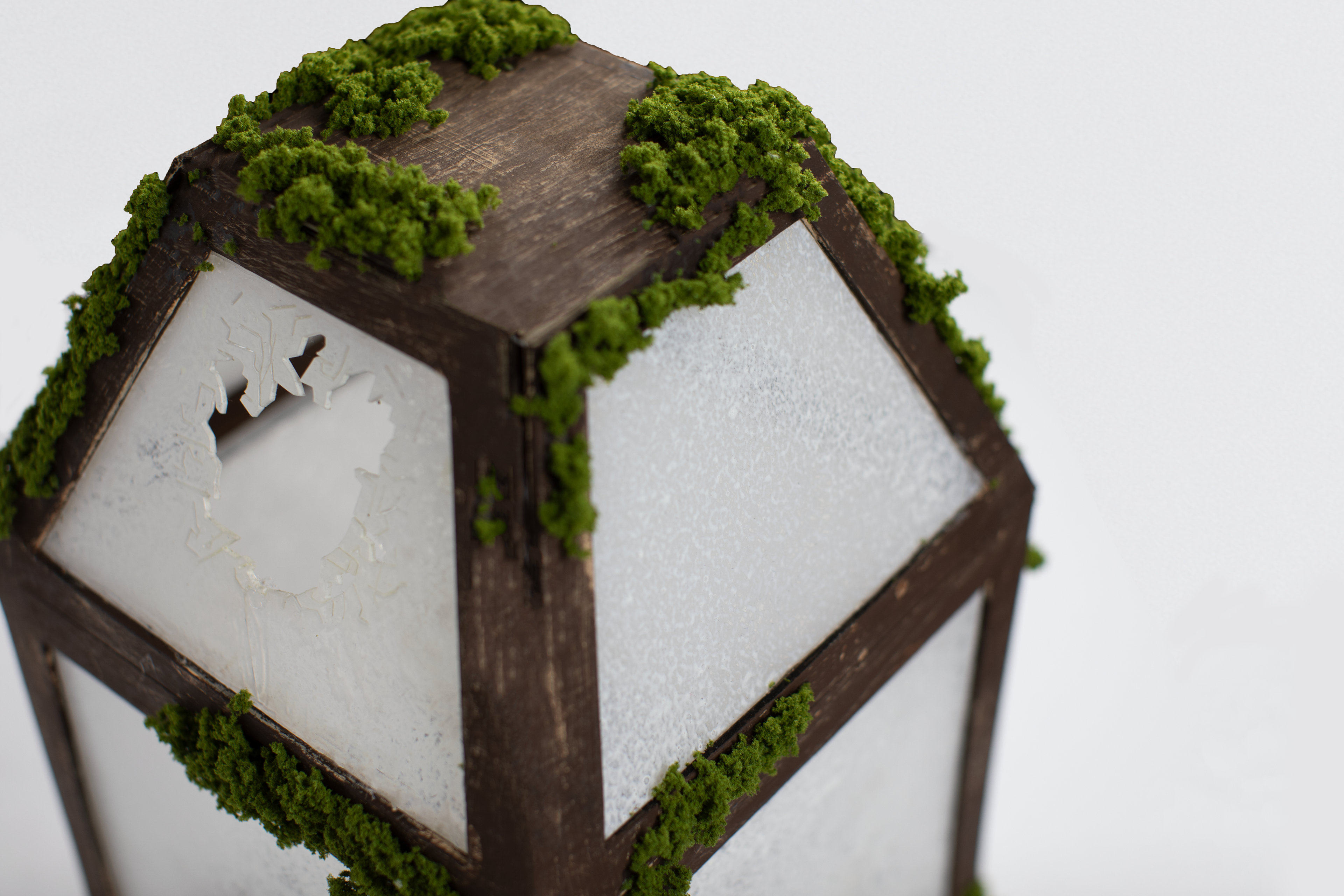
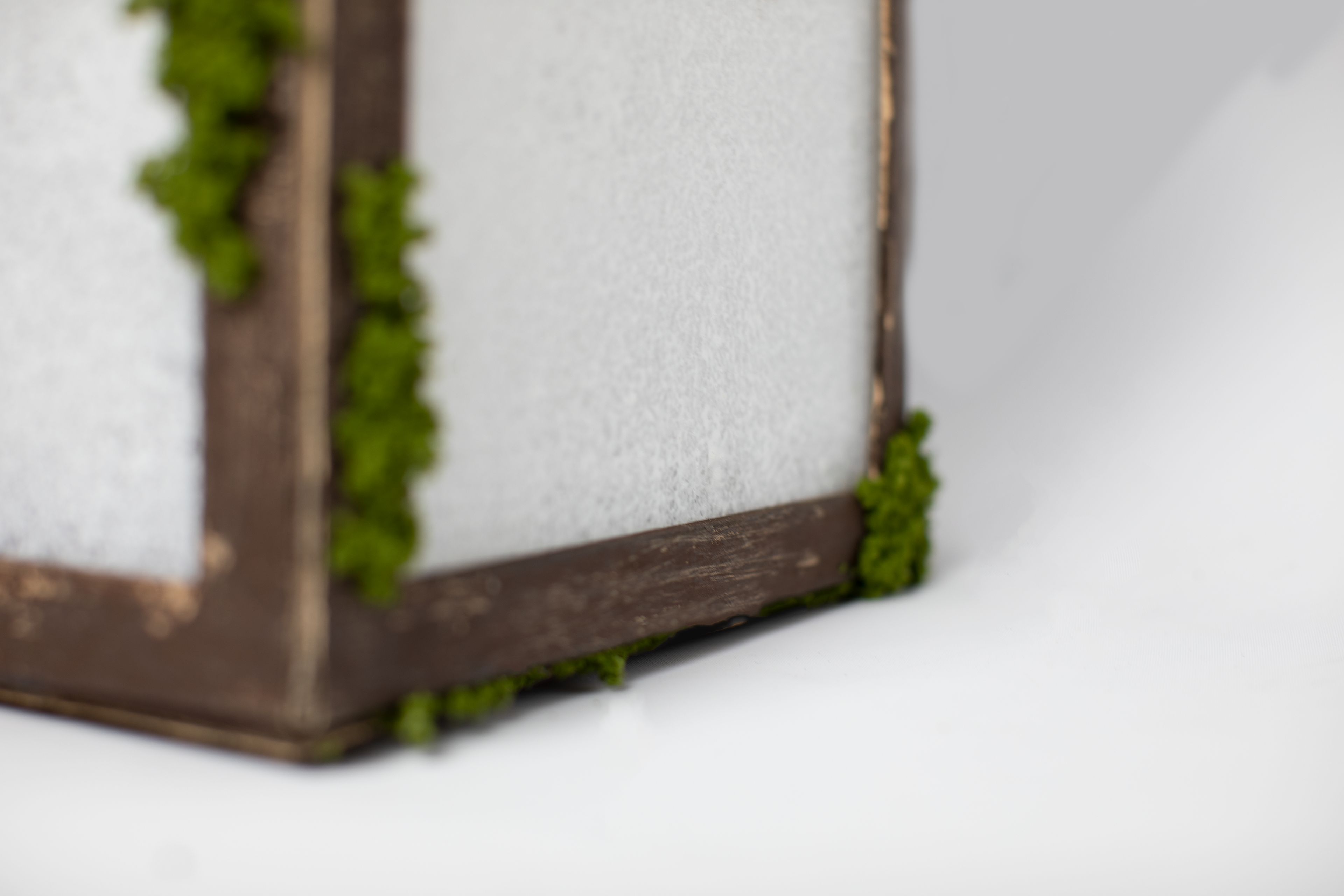
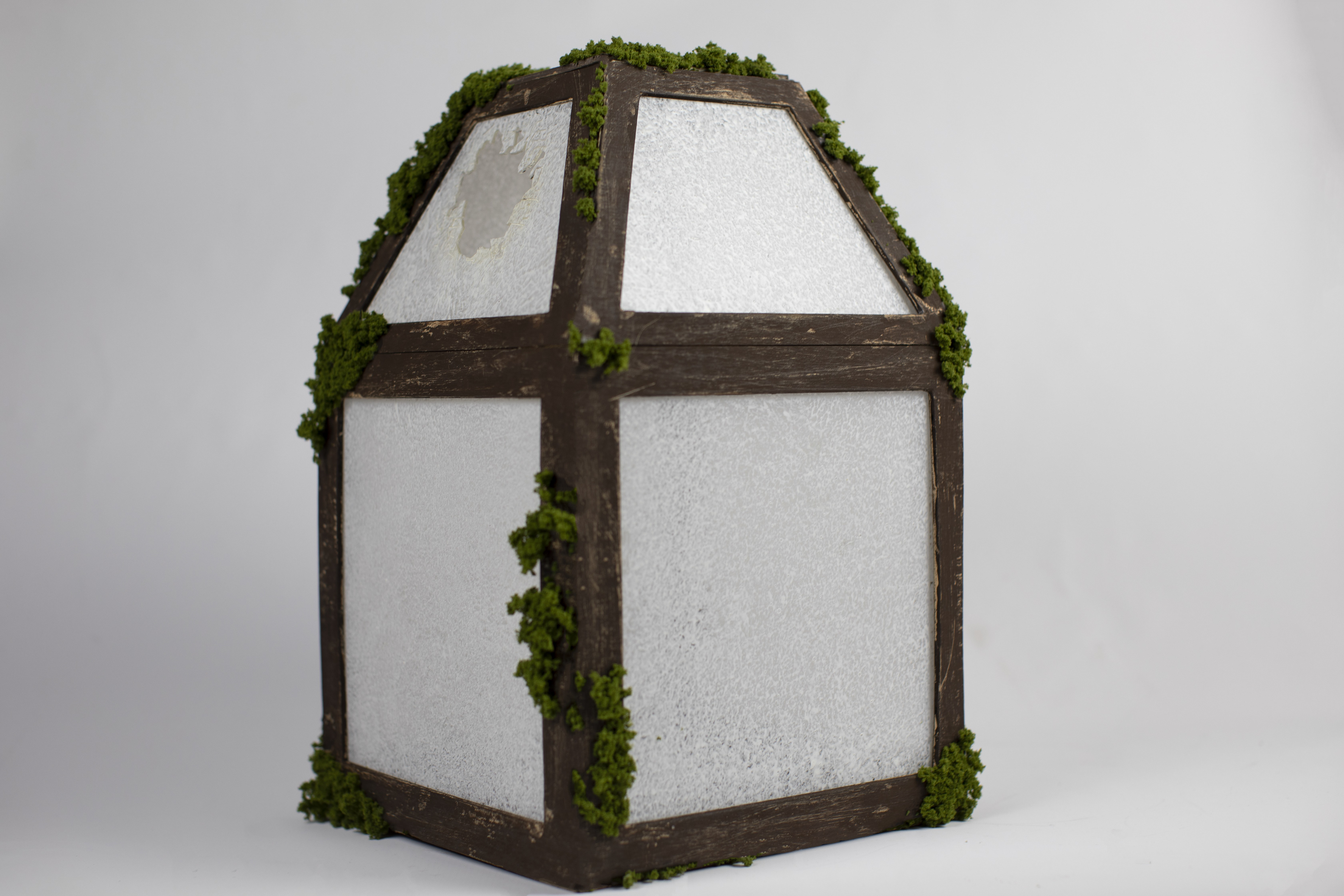

Video of Animation
Installation
The lantern was installed between two connecting boards with a branch going through the lantern windows, which held it up. Outdoor/pre-cut down branches were recycled and a projector was placed high up and hidden so that guests could not see it.


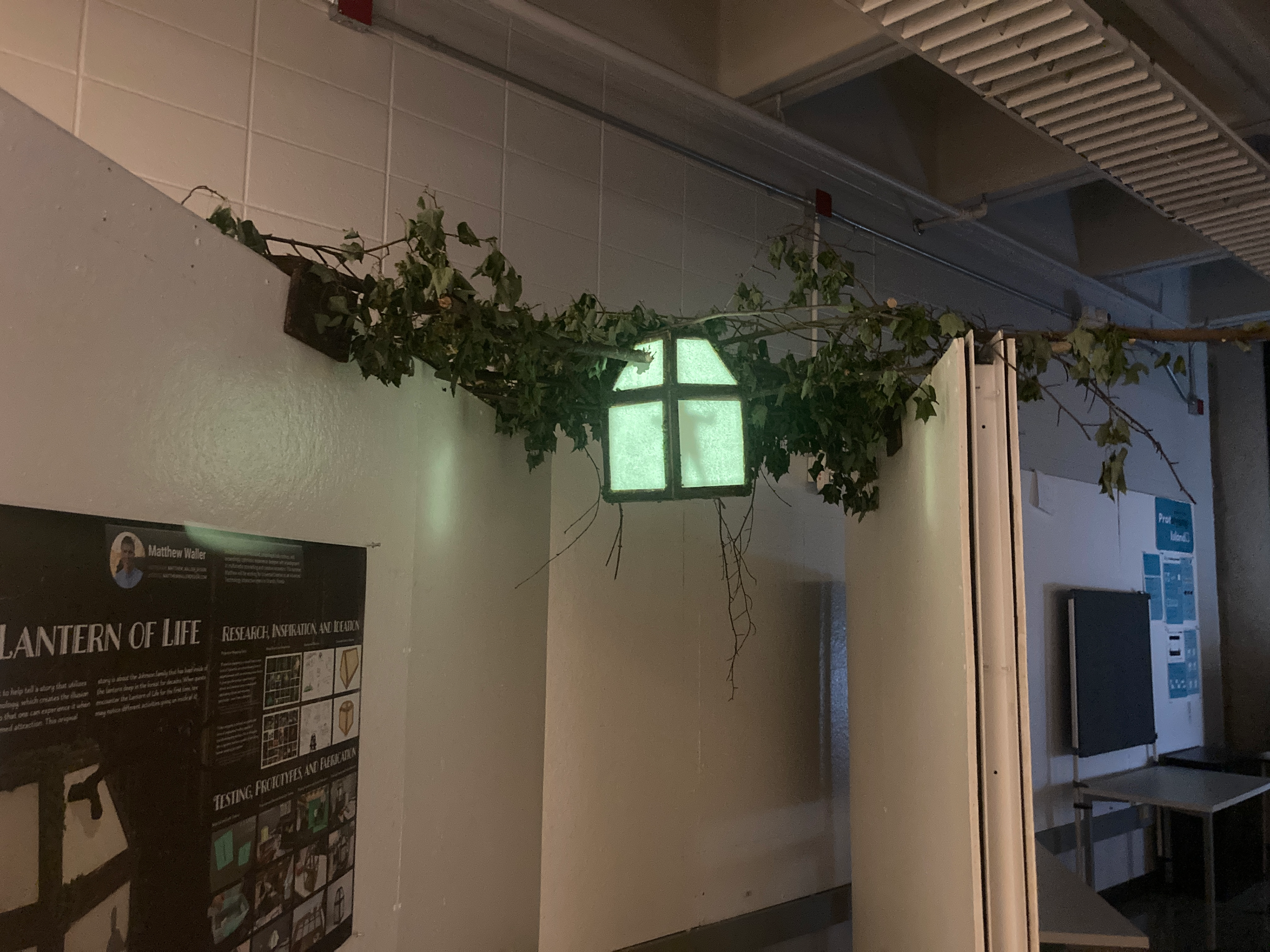
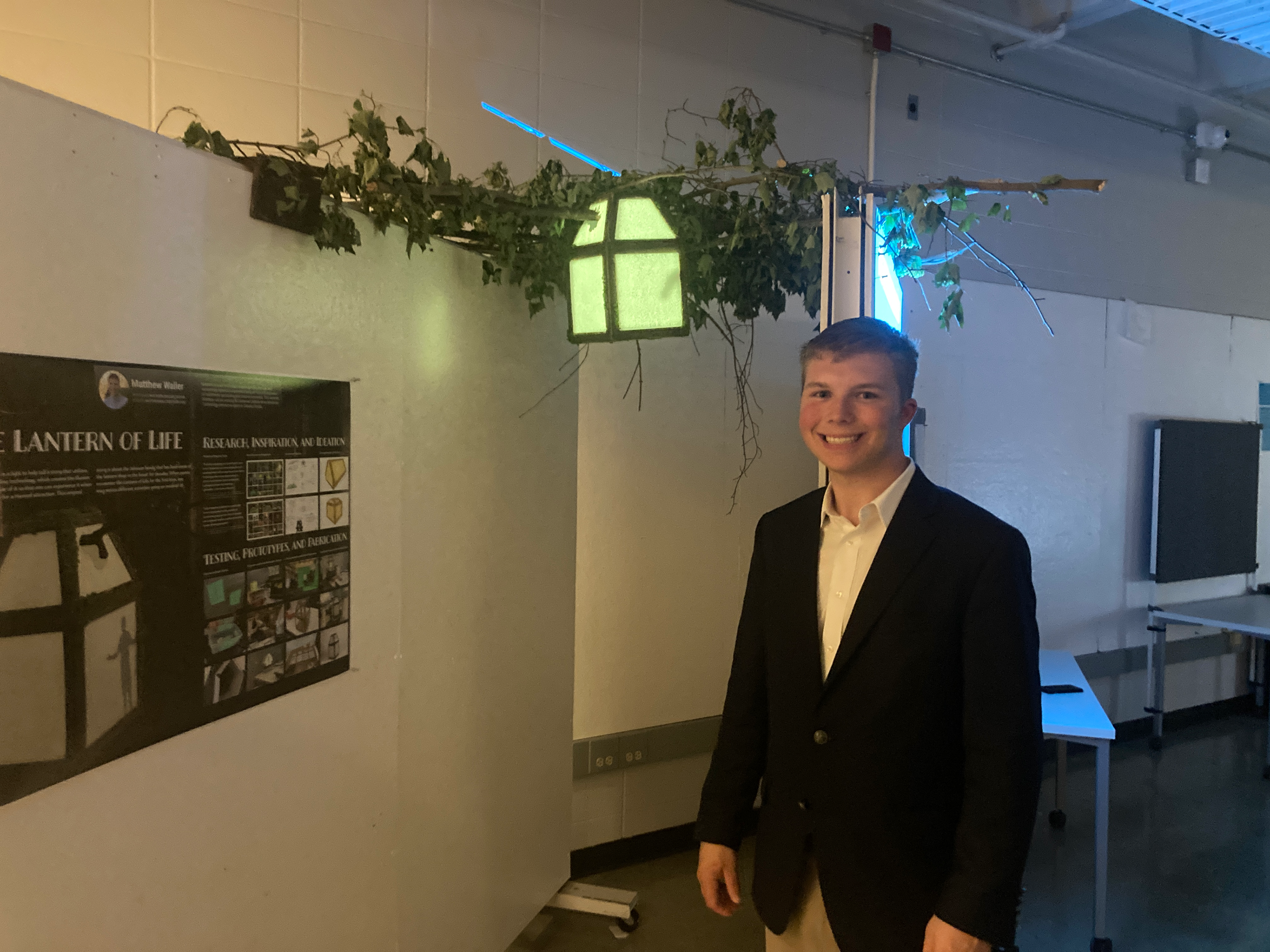
Guest Reactions
Click below to see how guests reacted when they visited
The Lantern of Life!
The Lantern of Life!